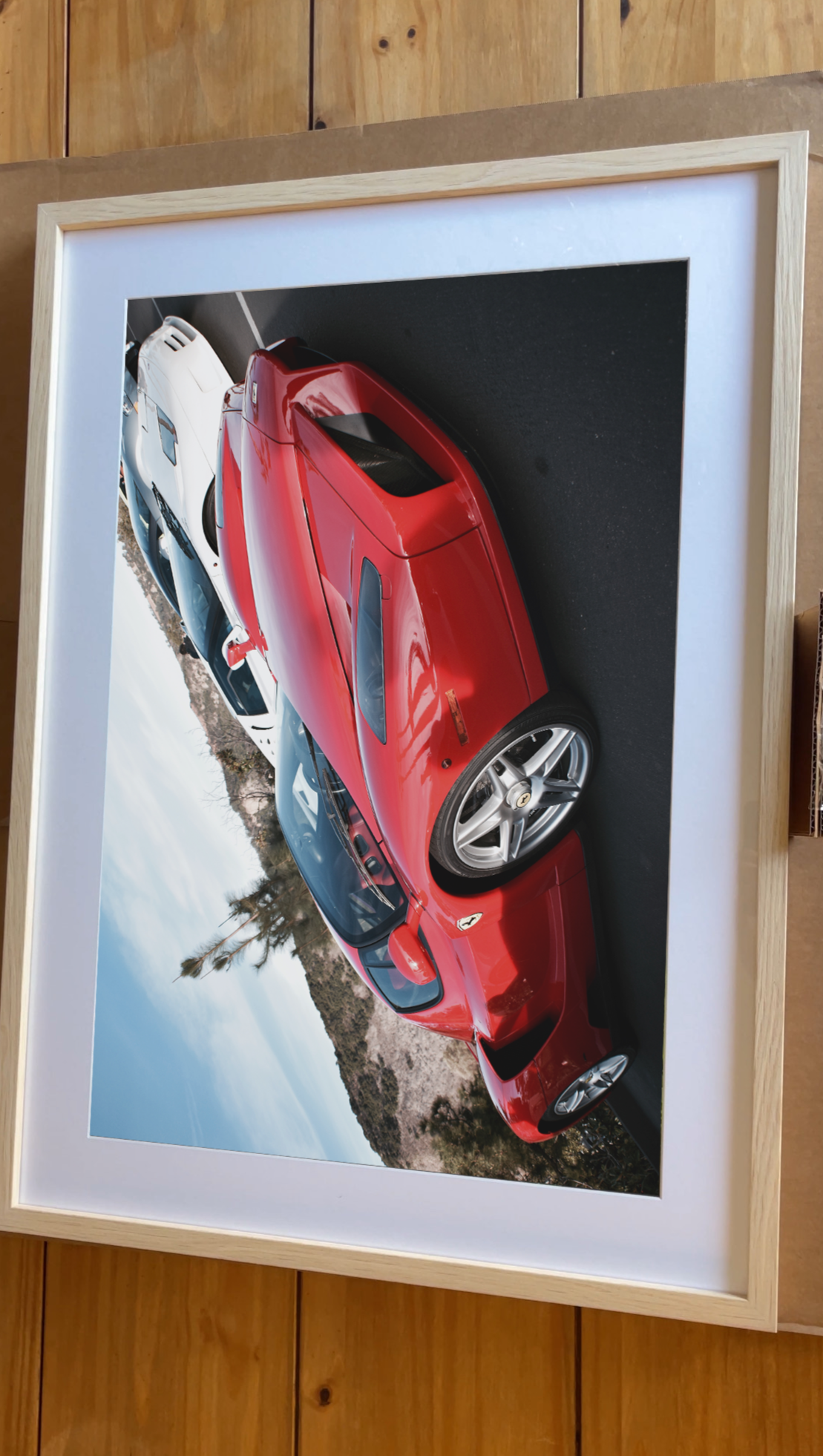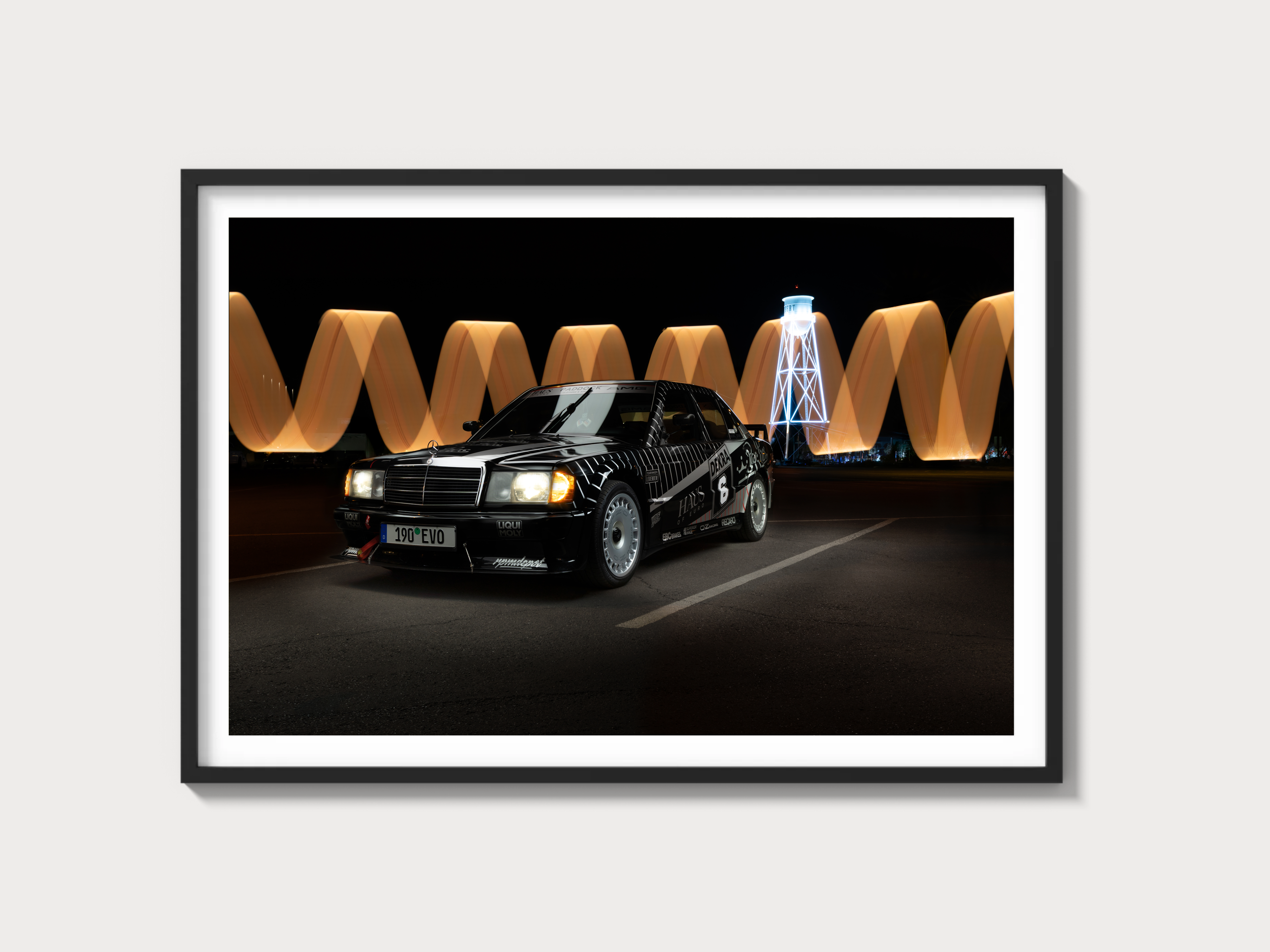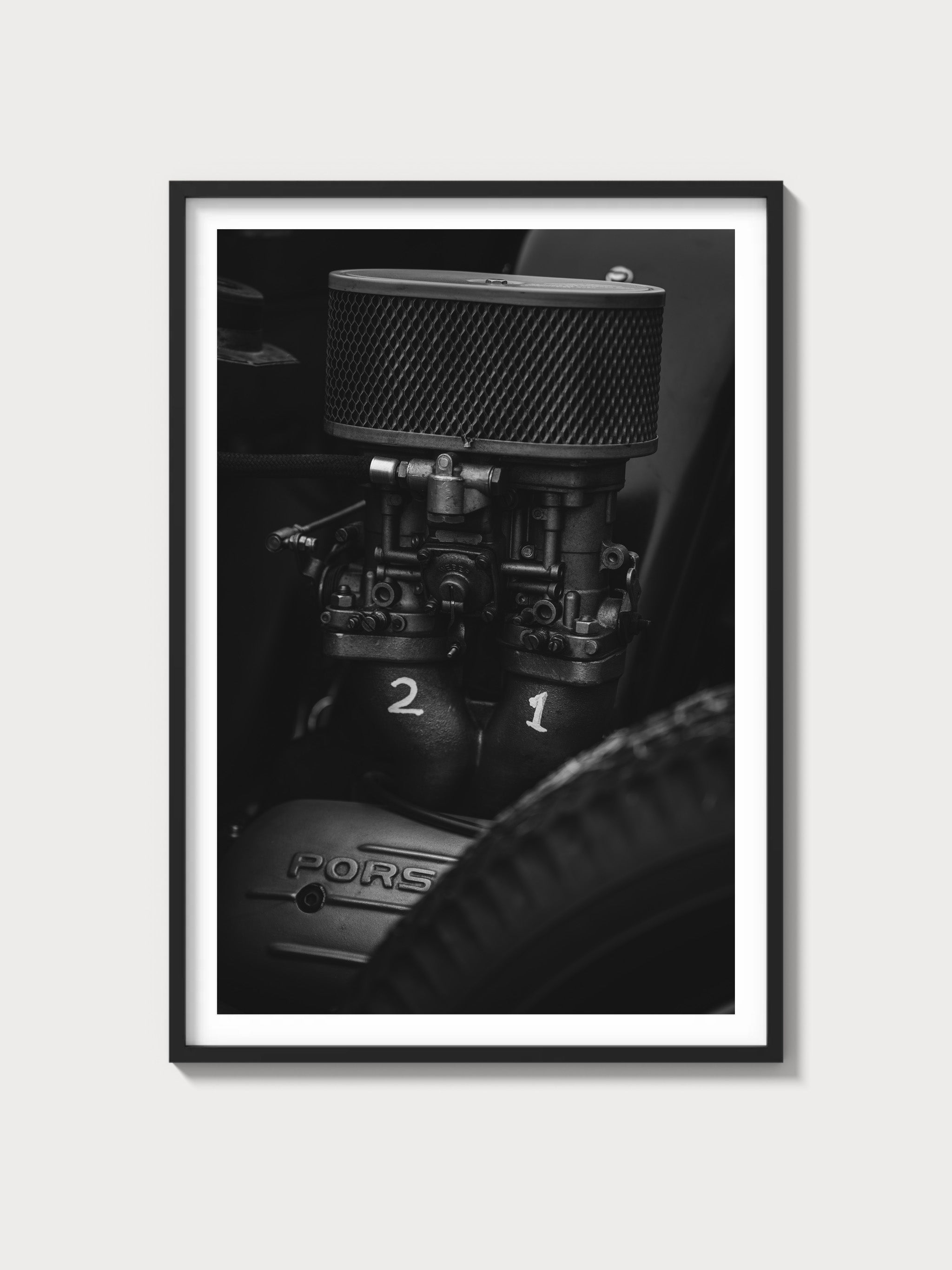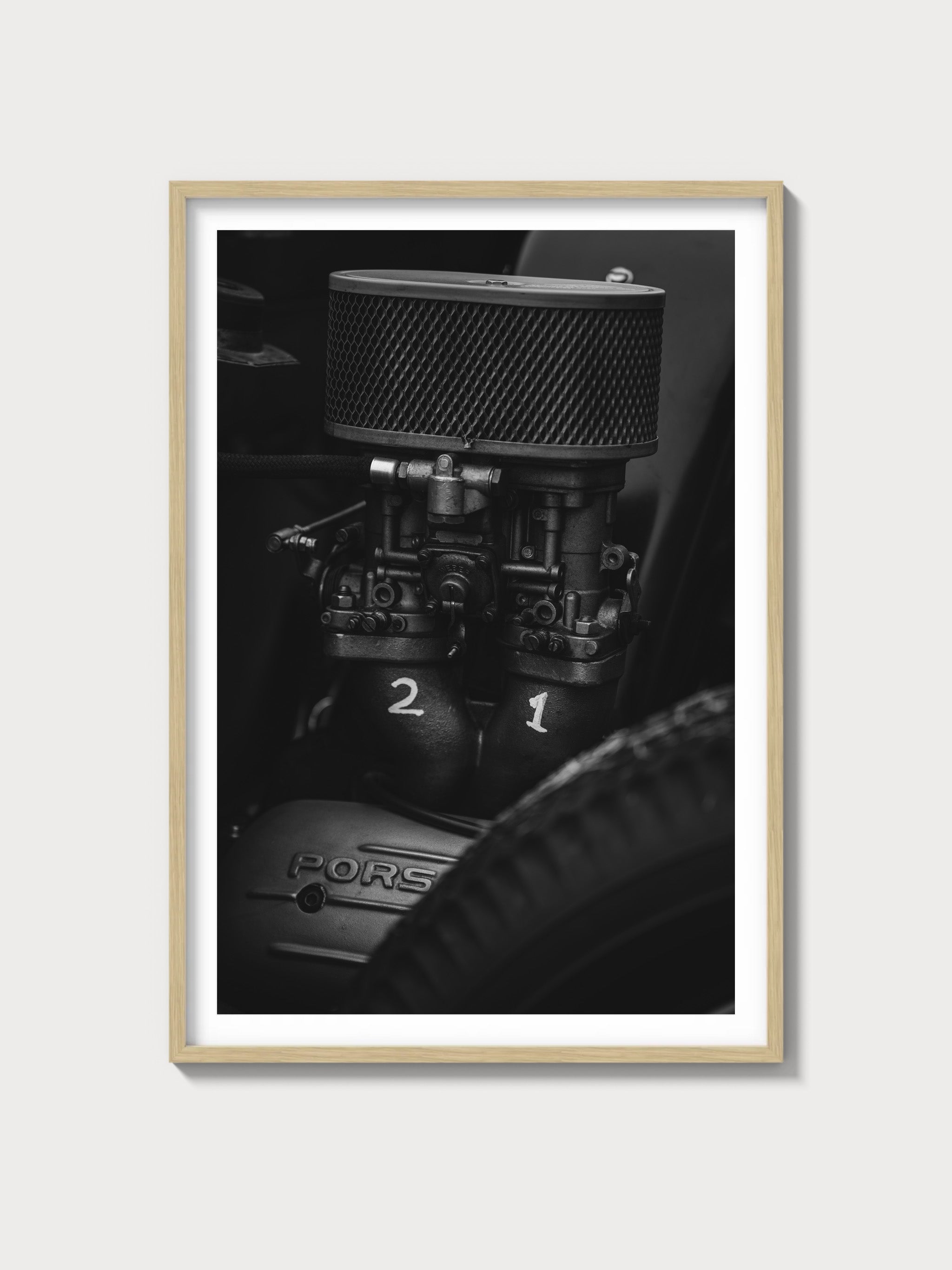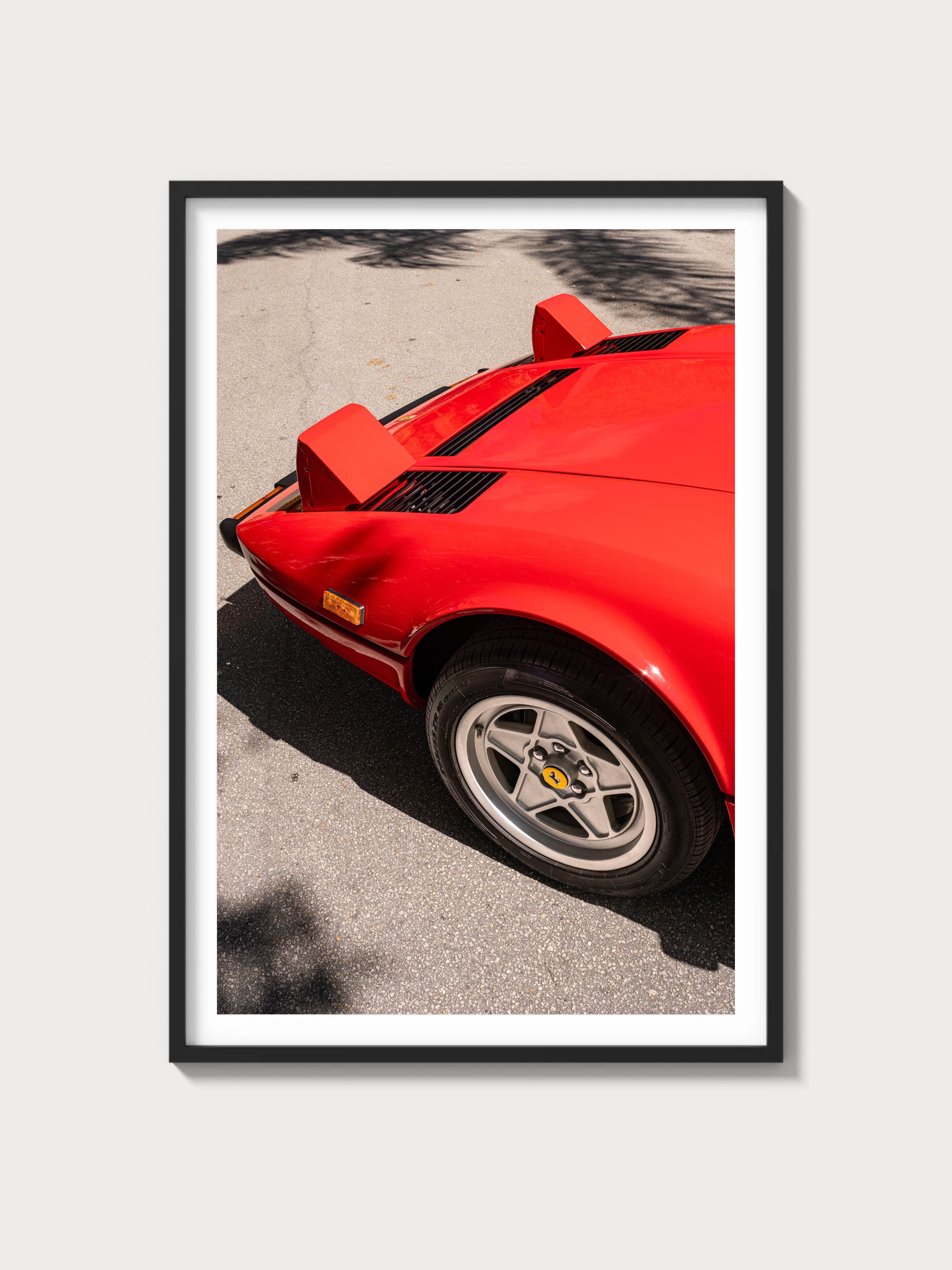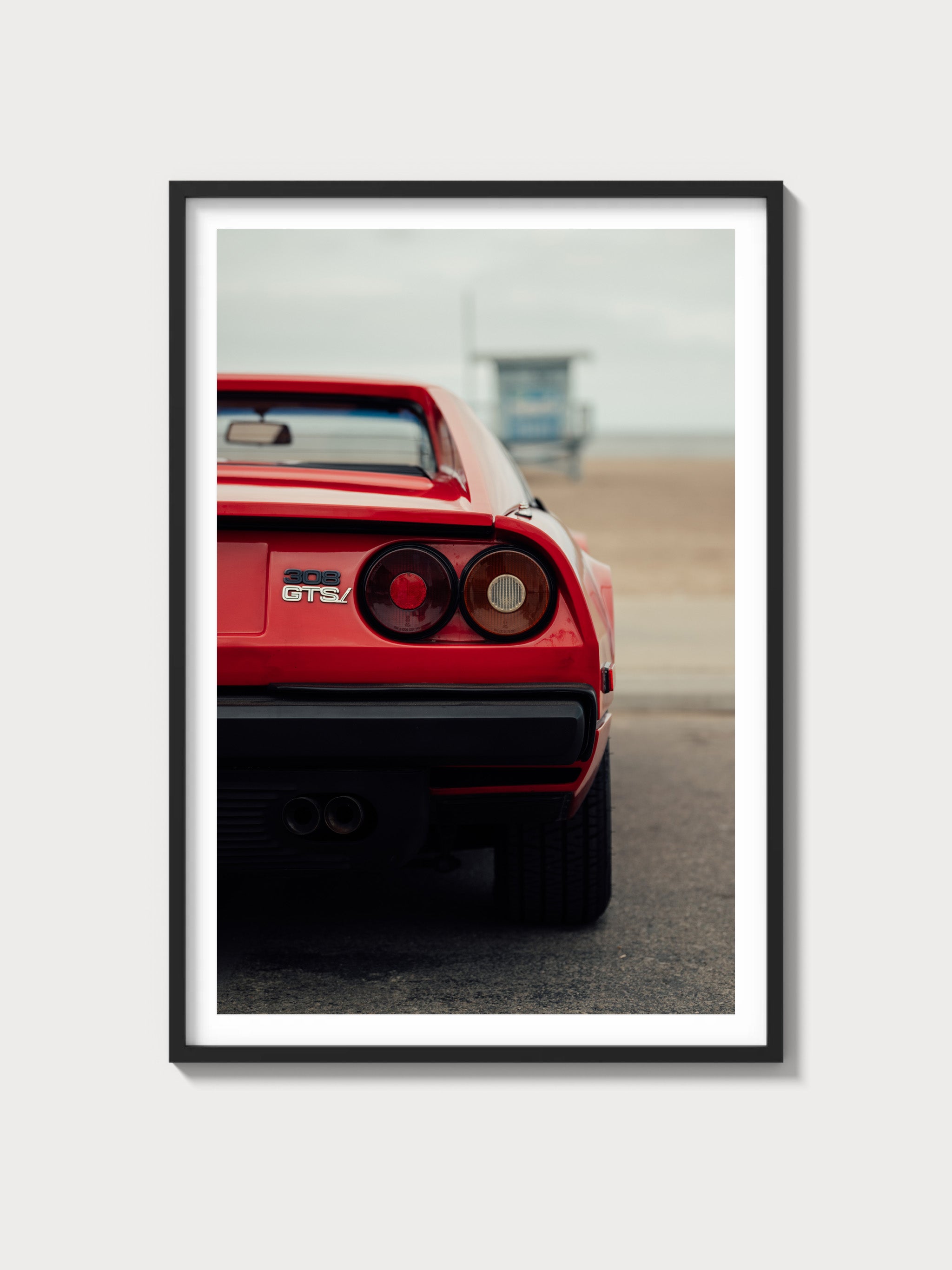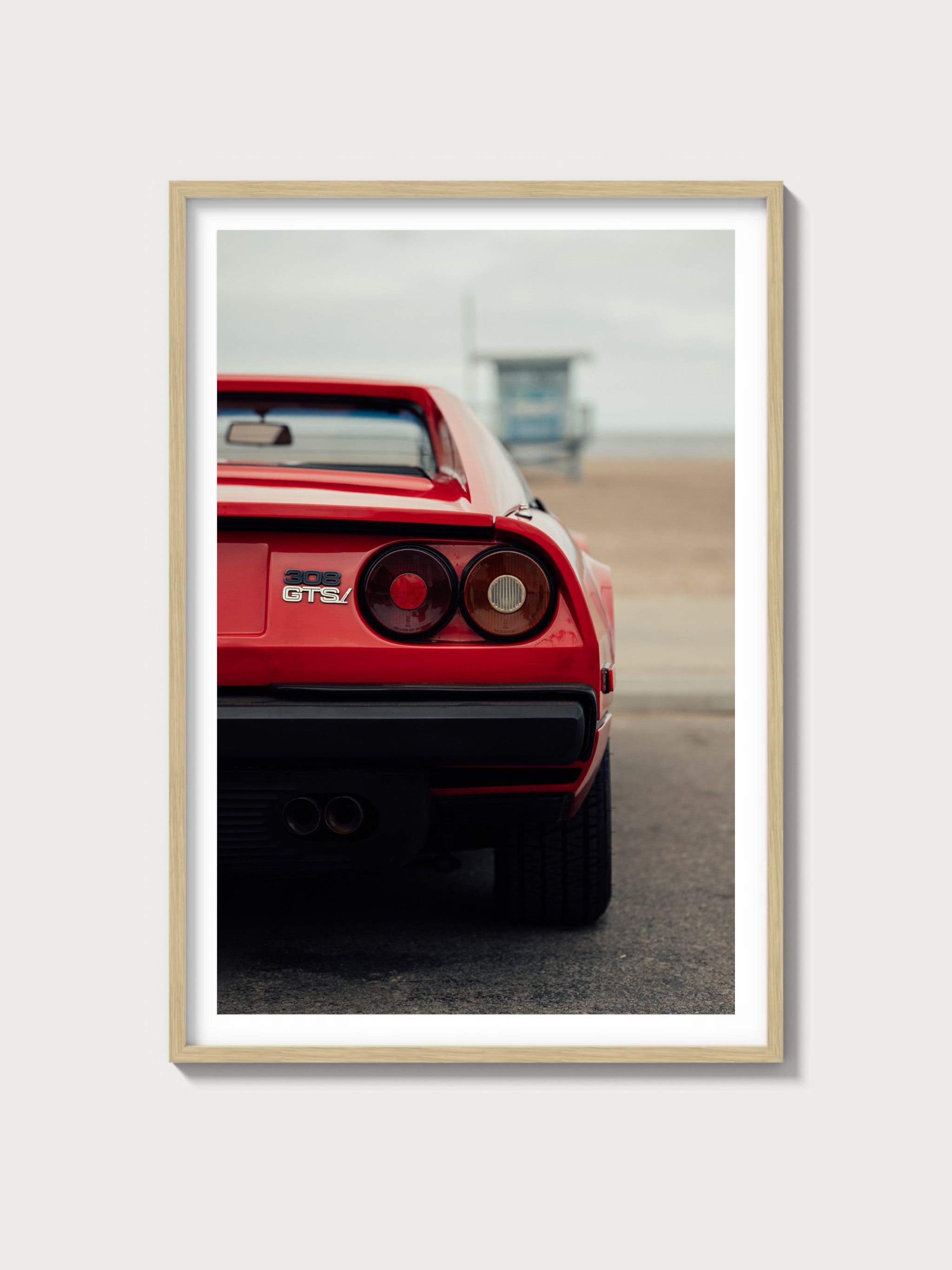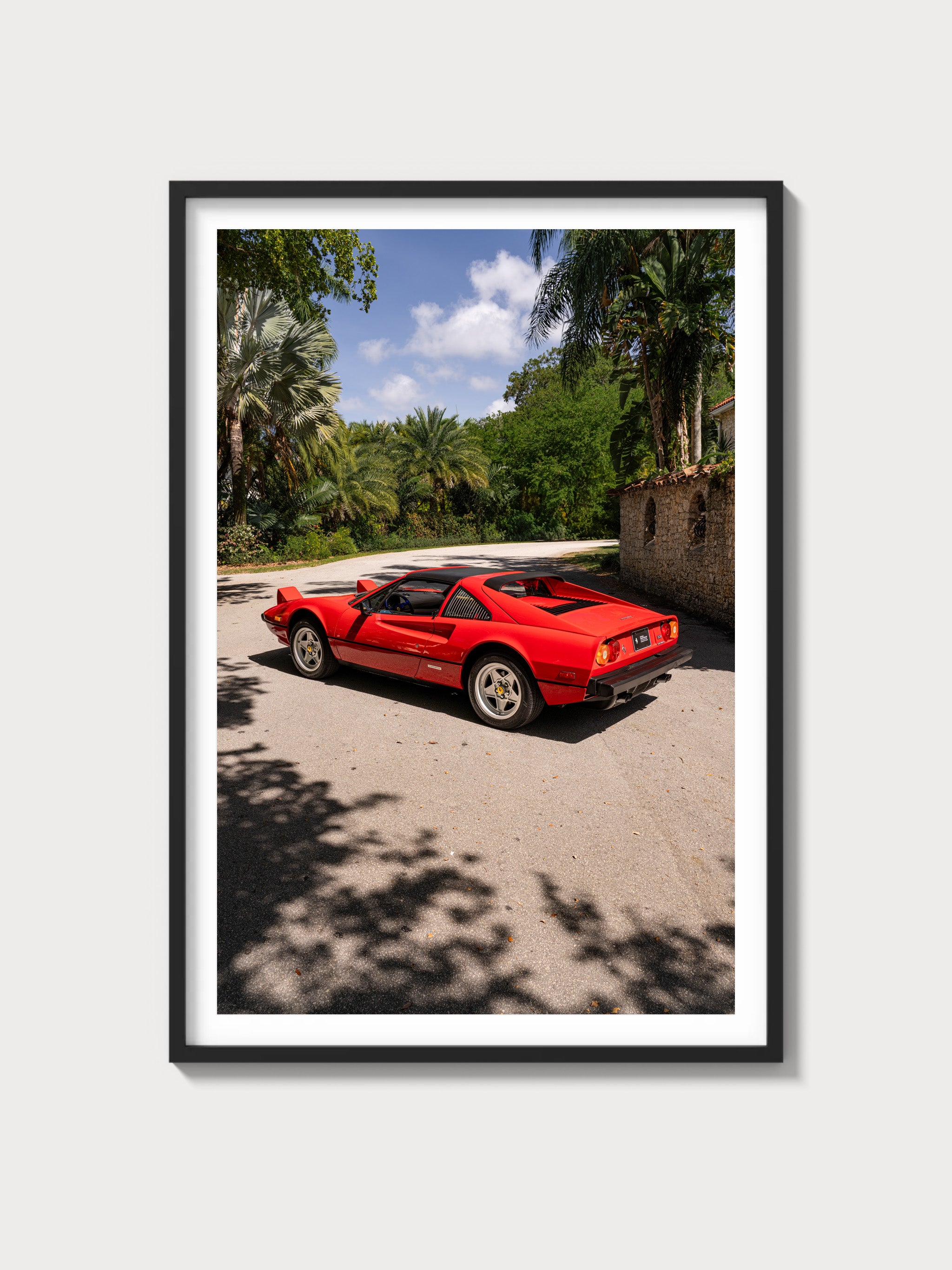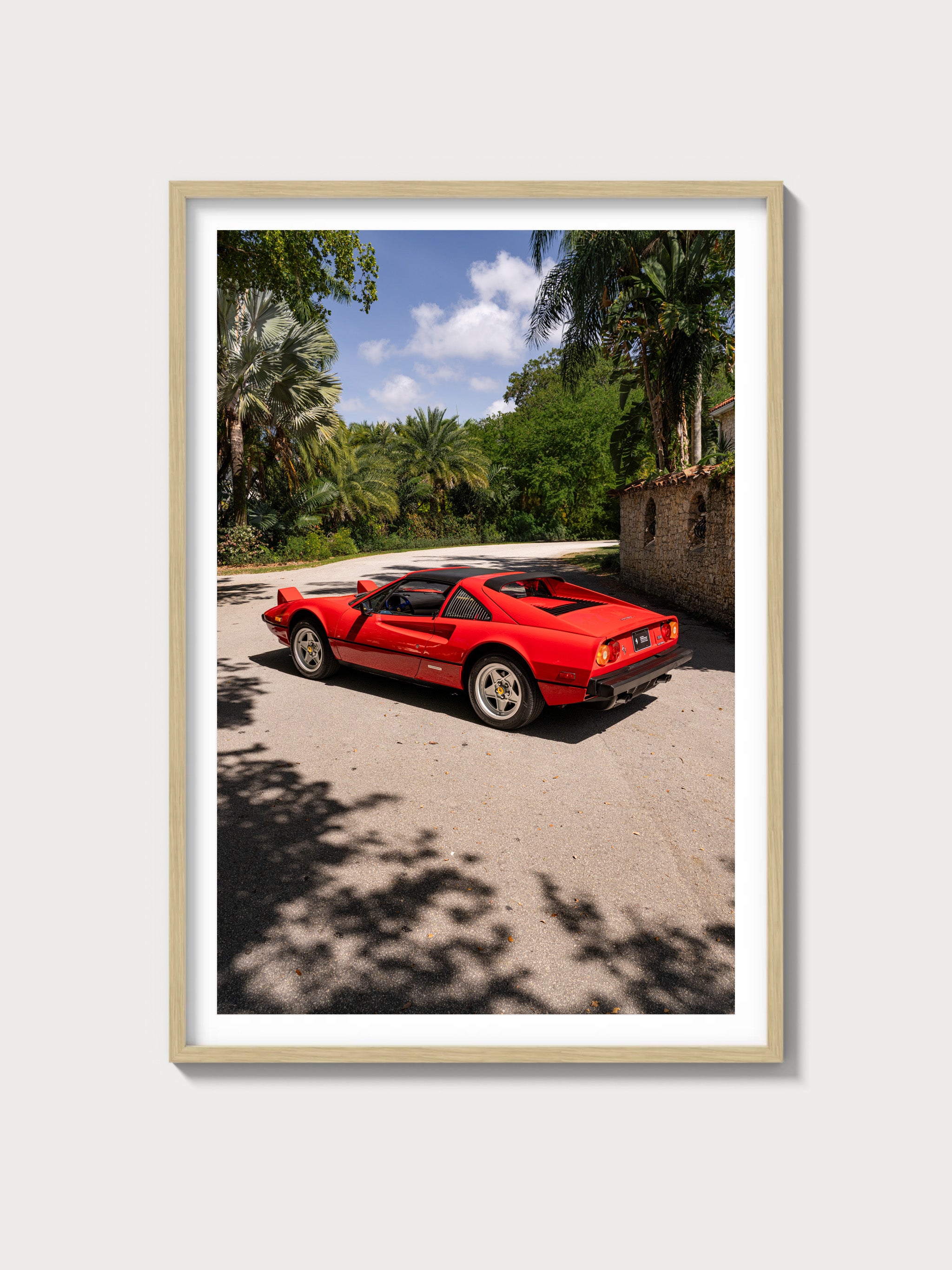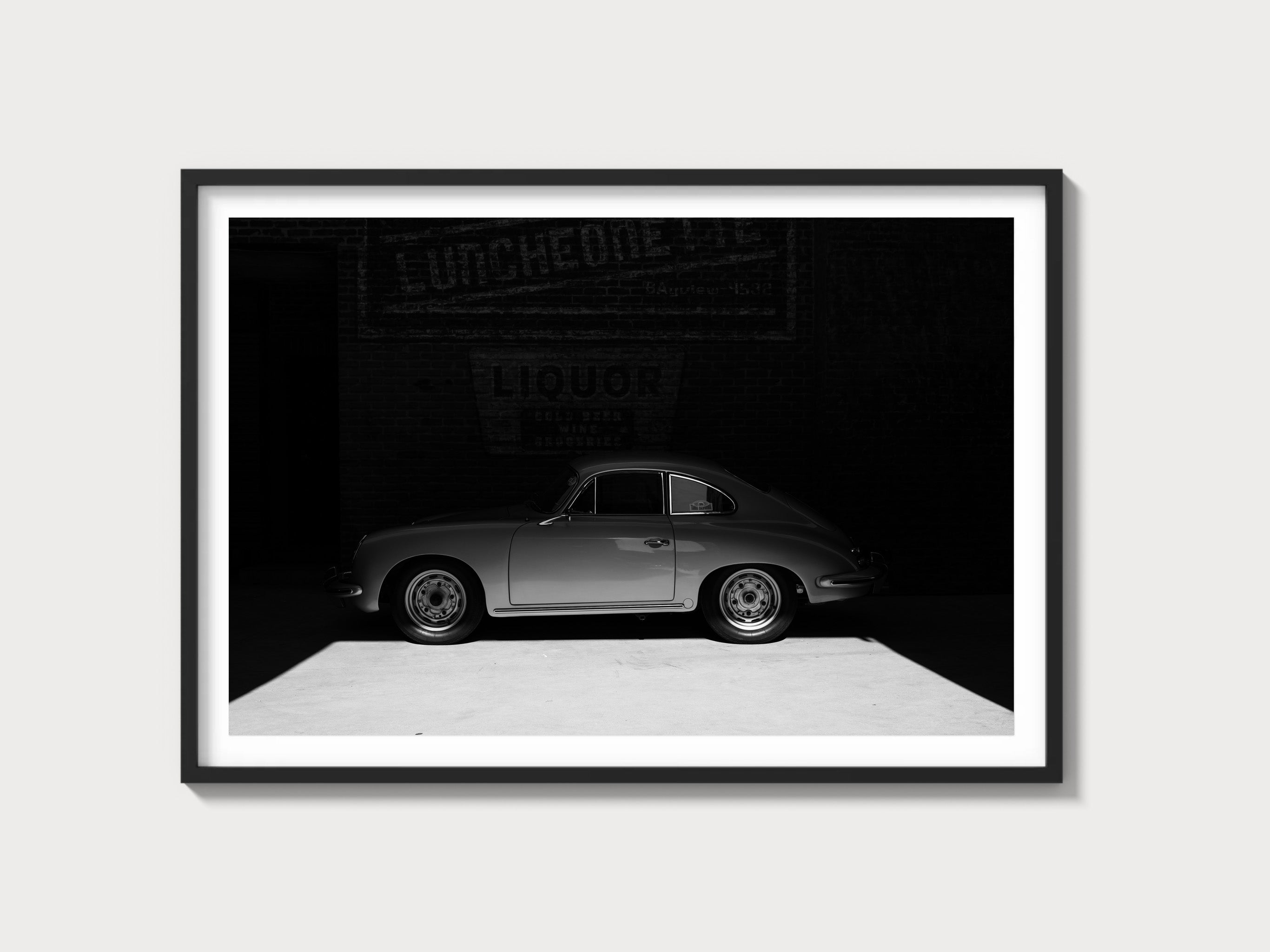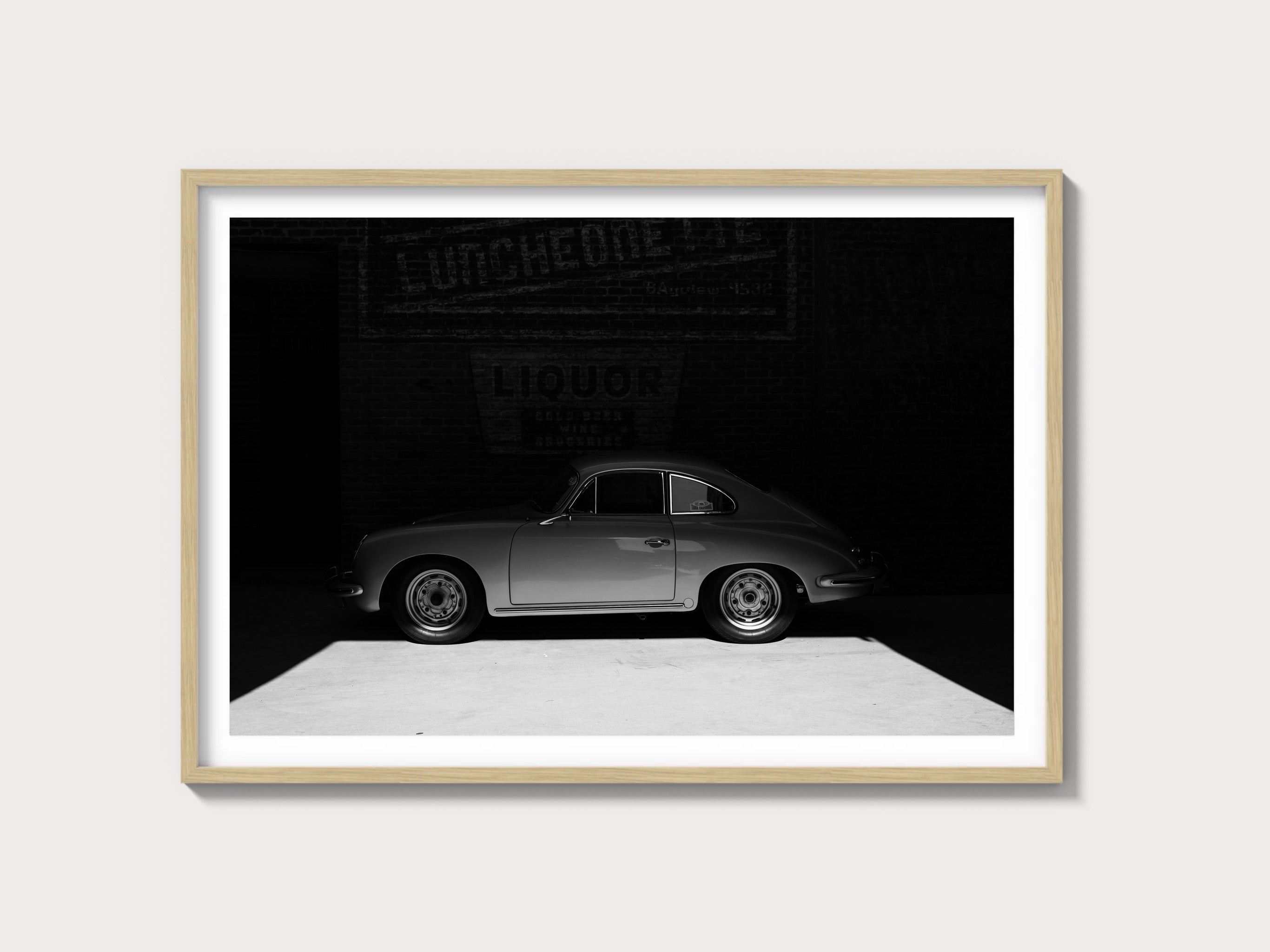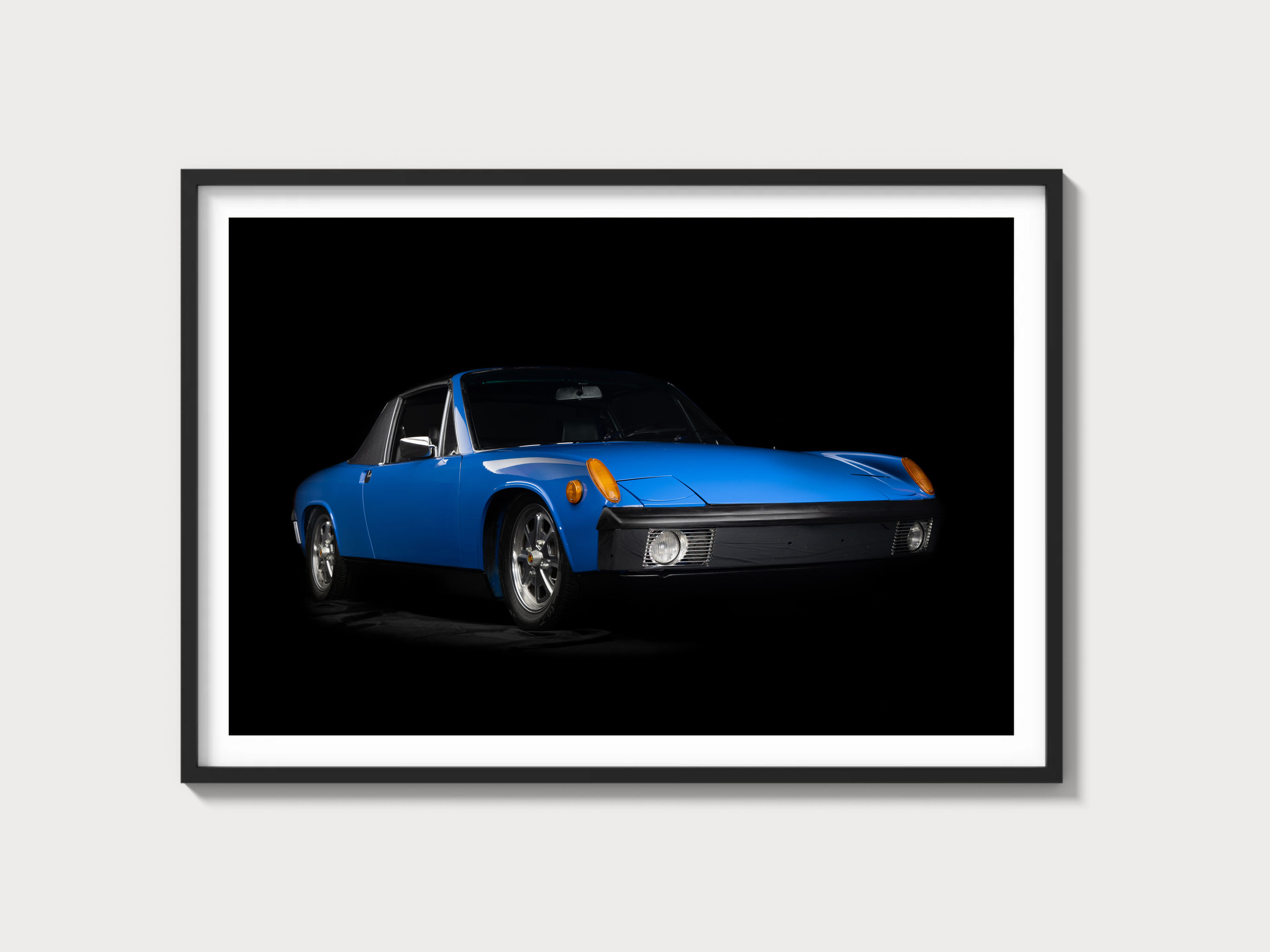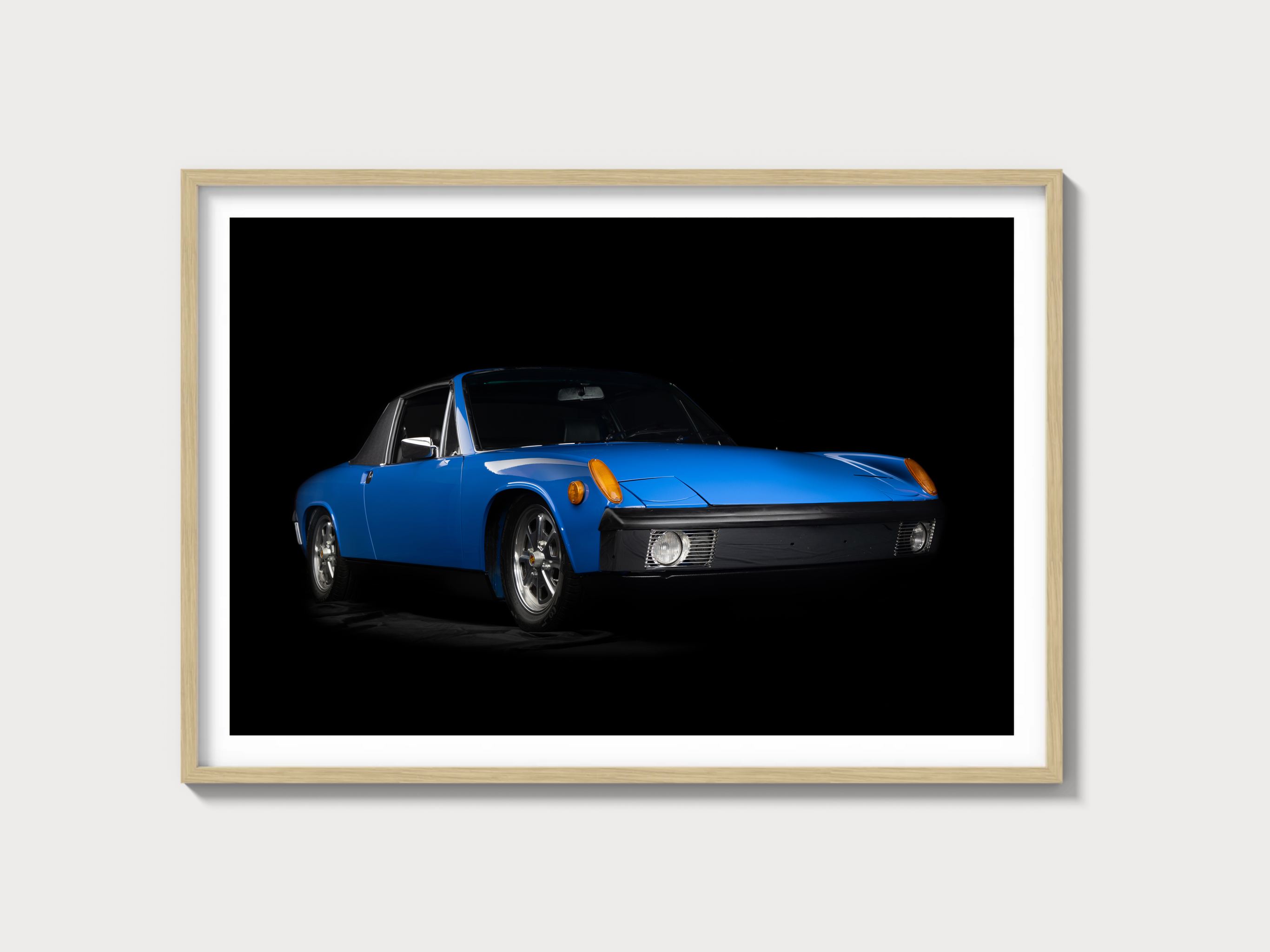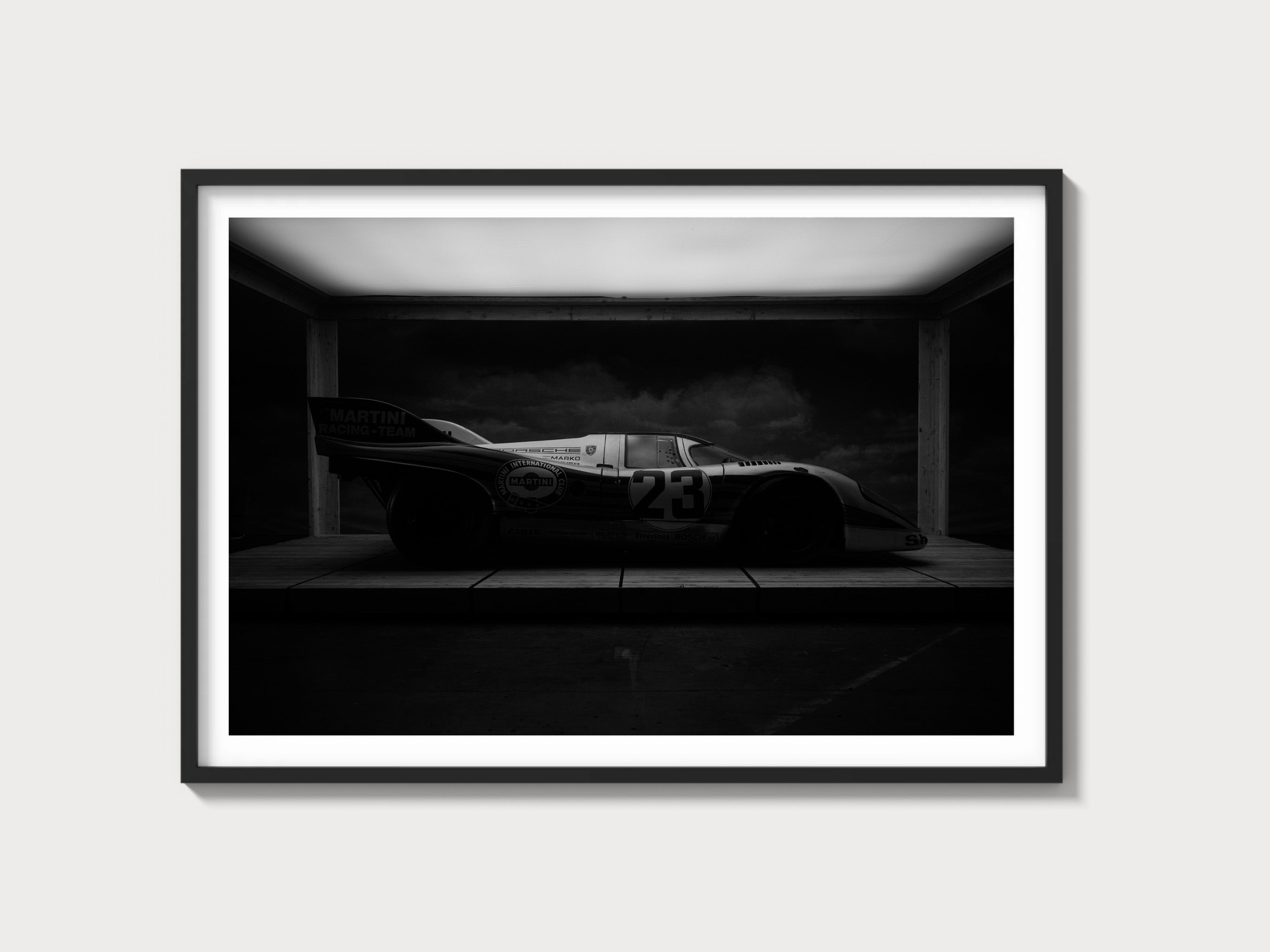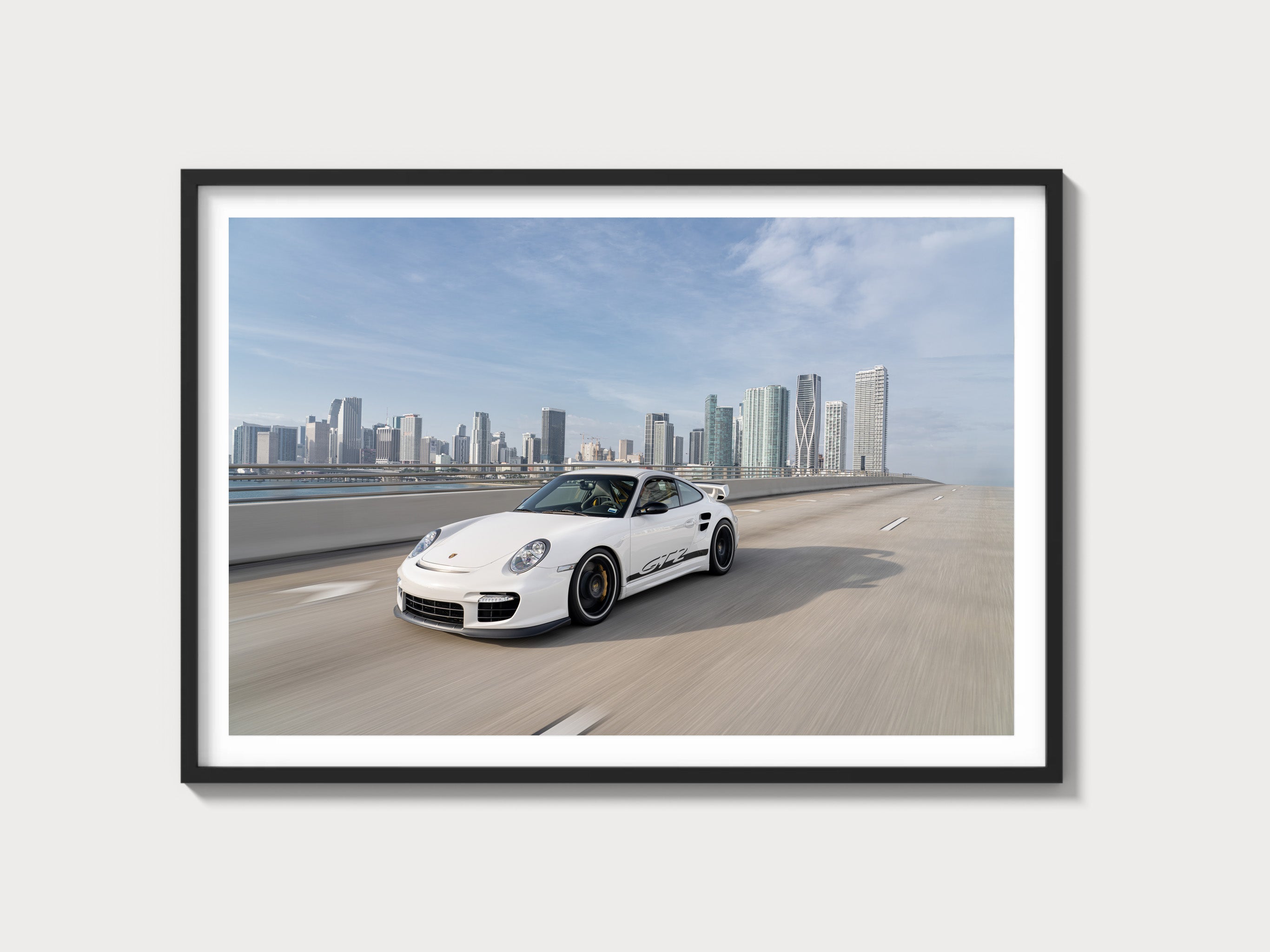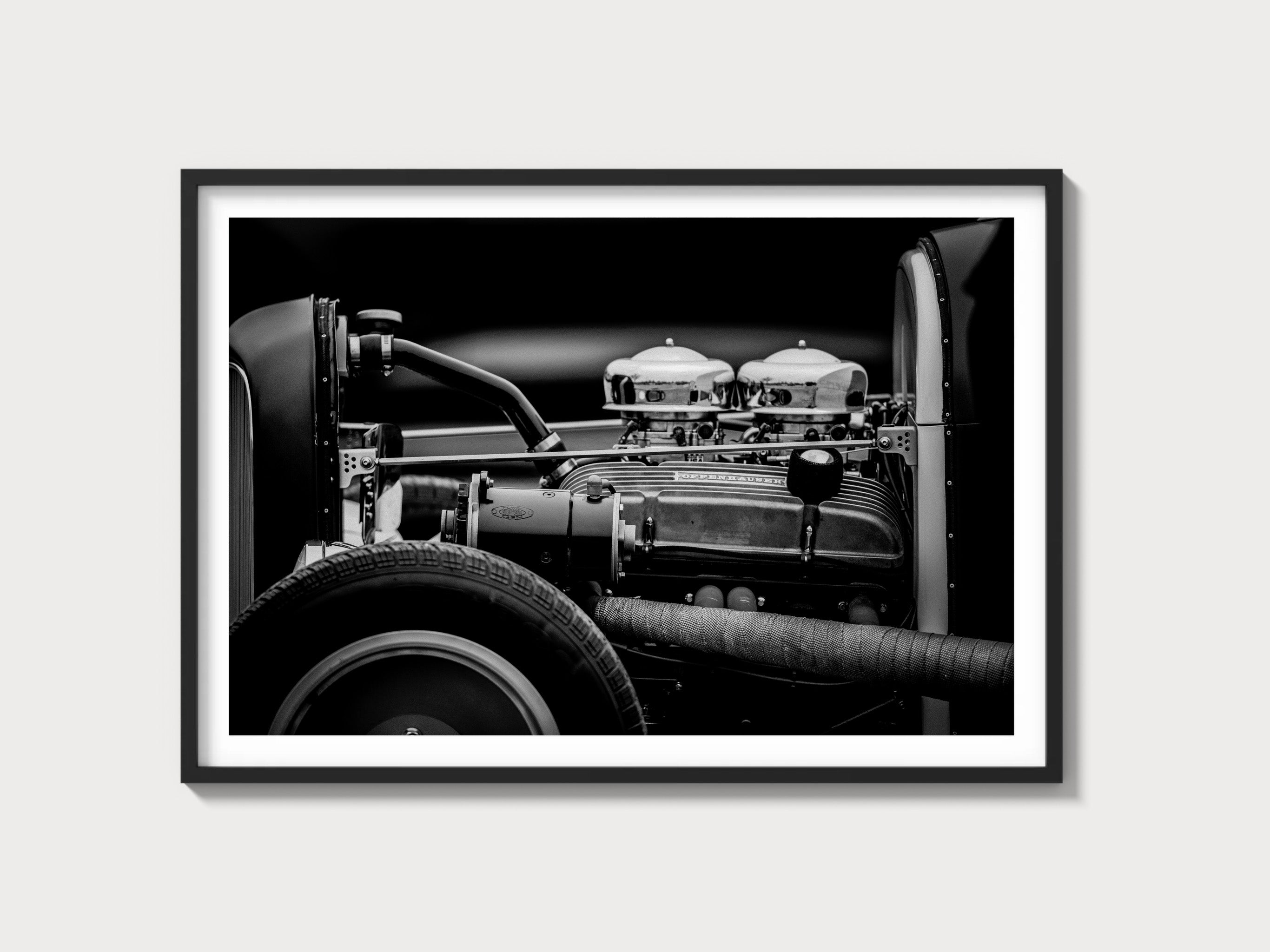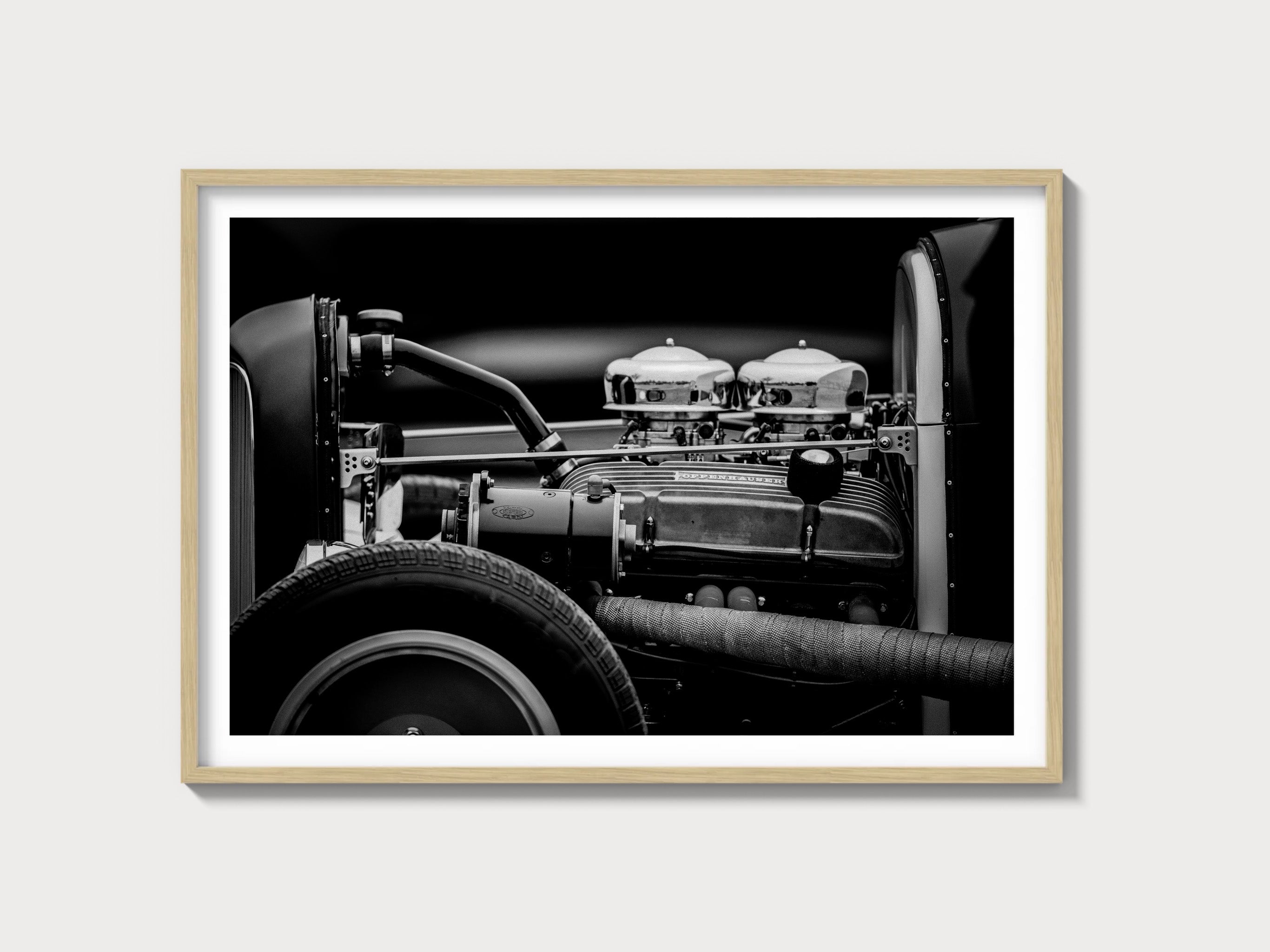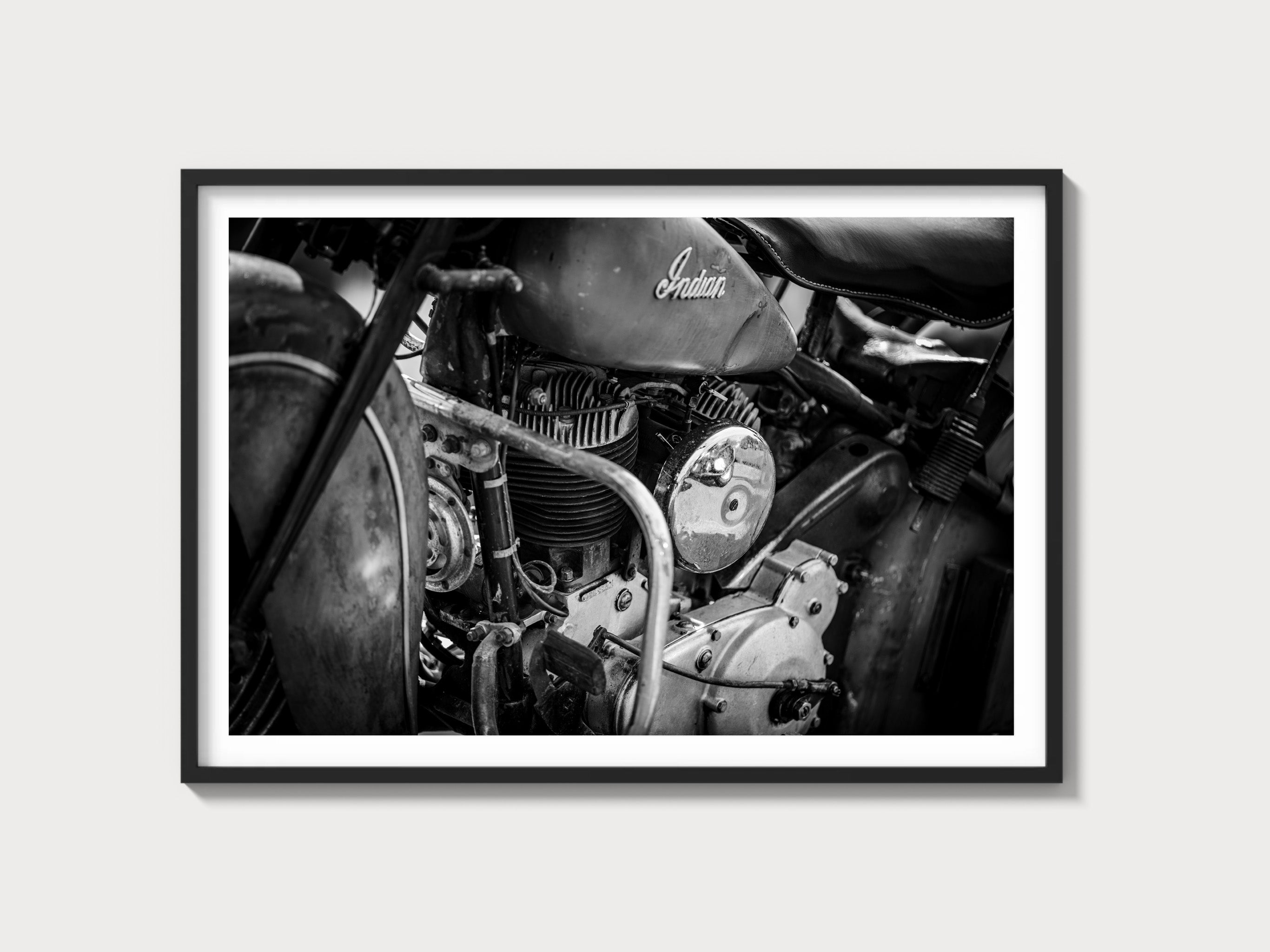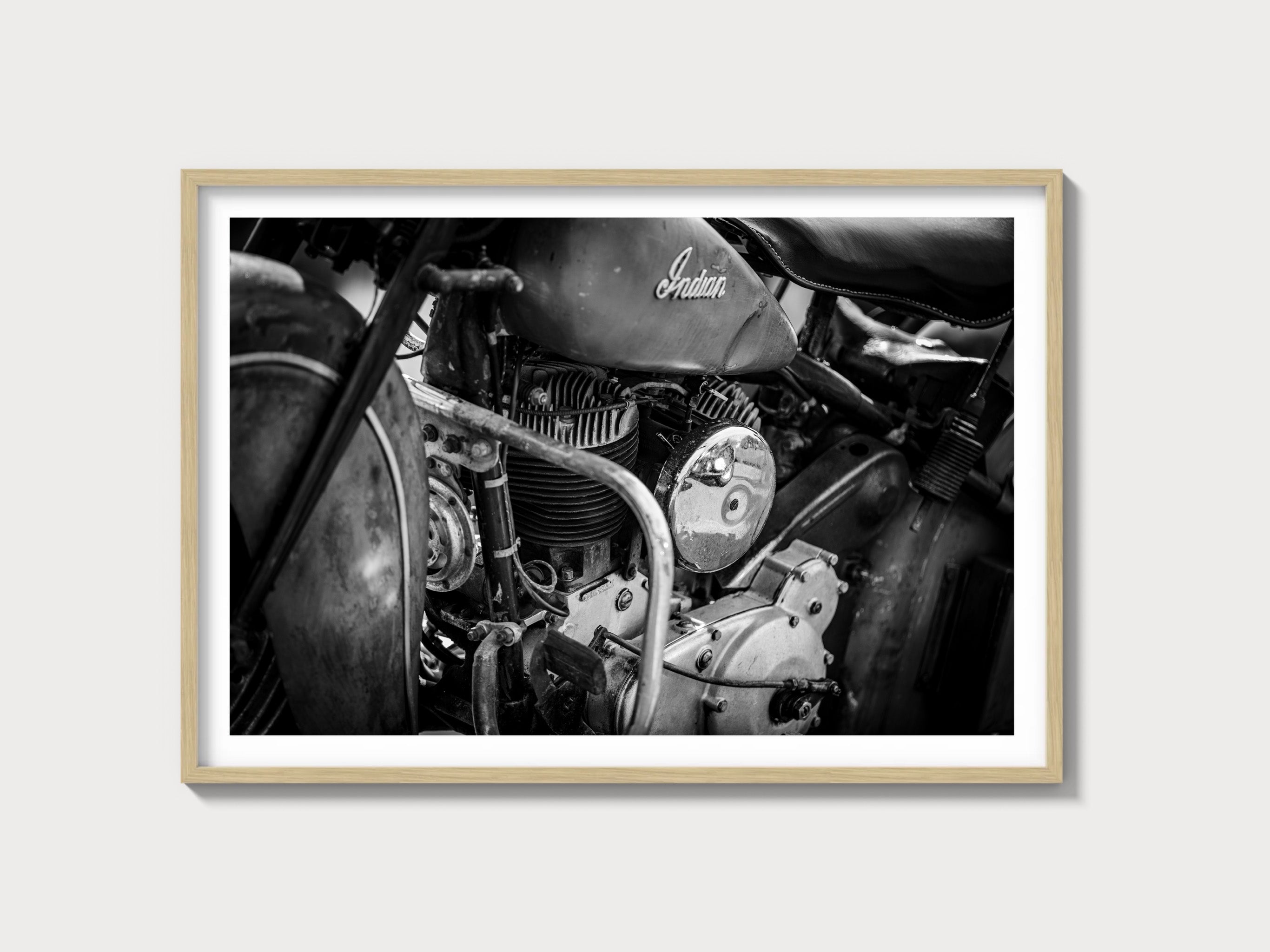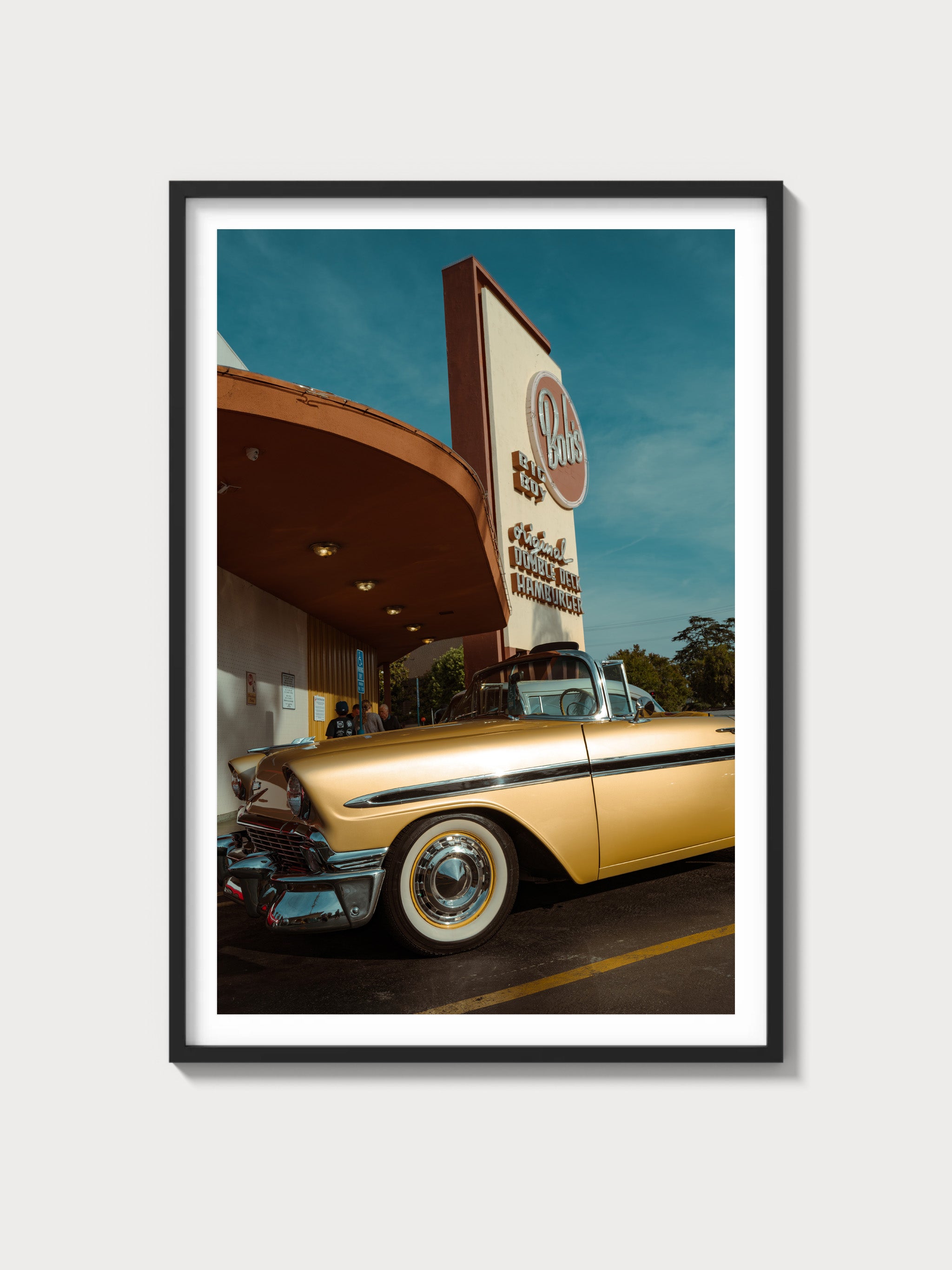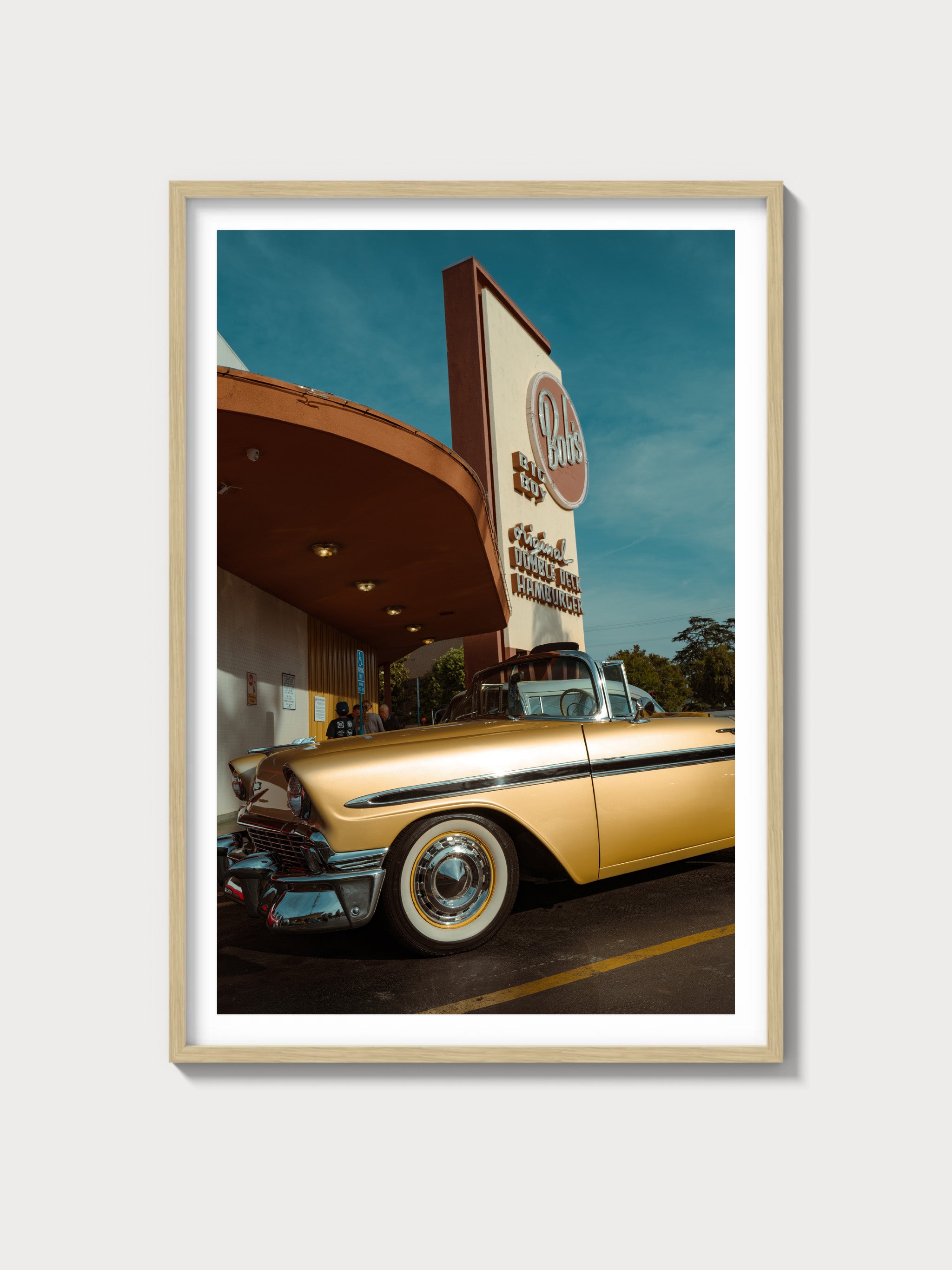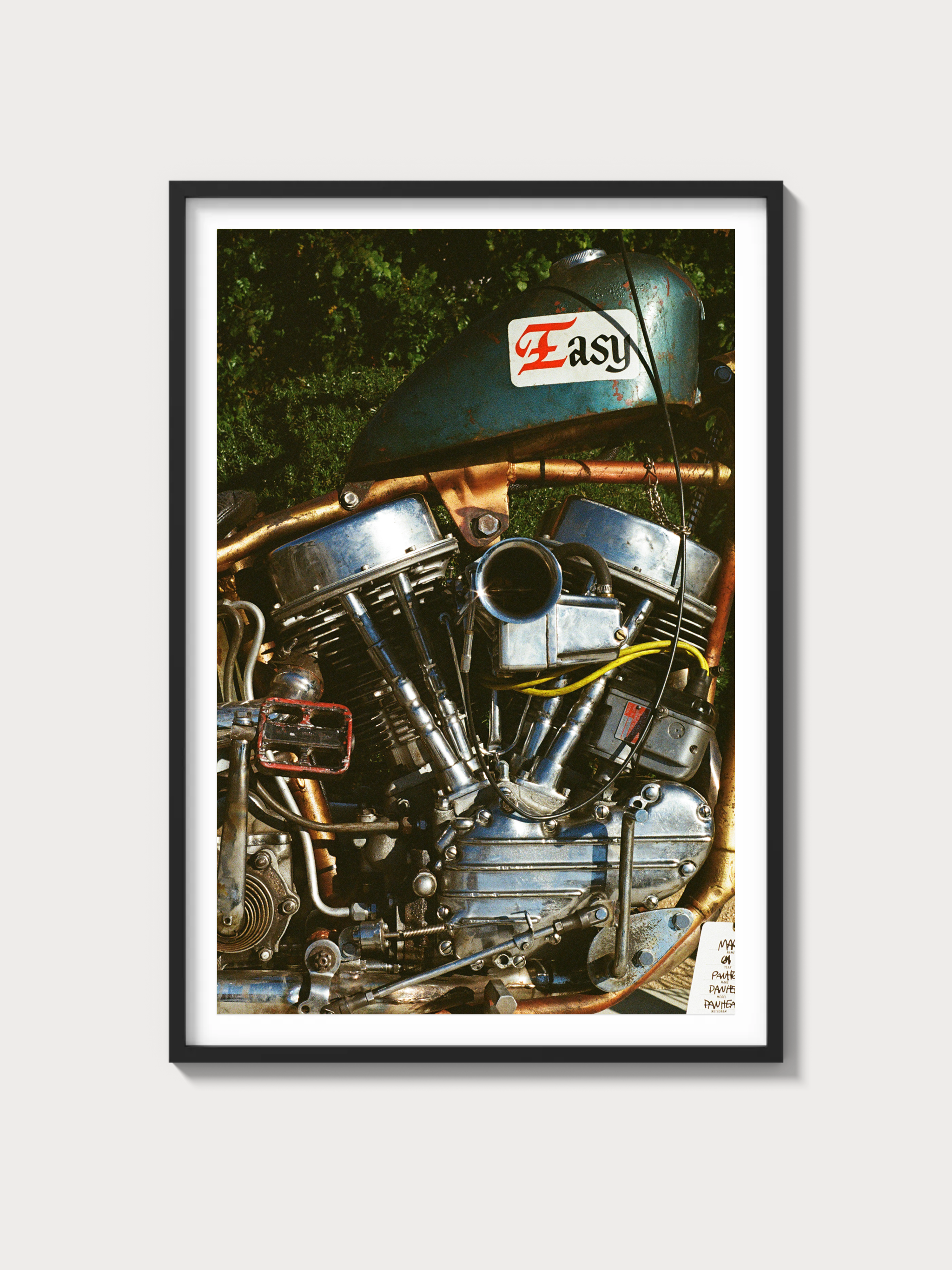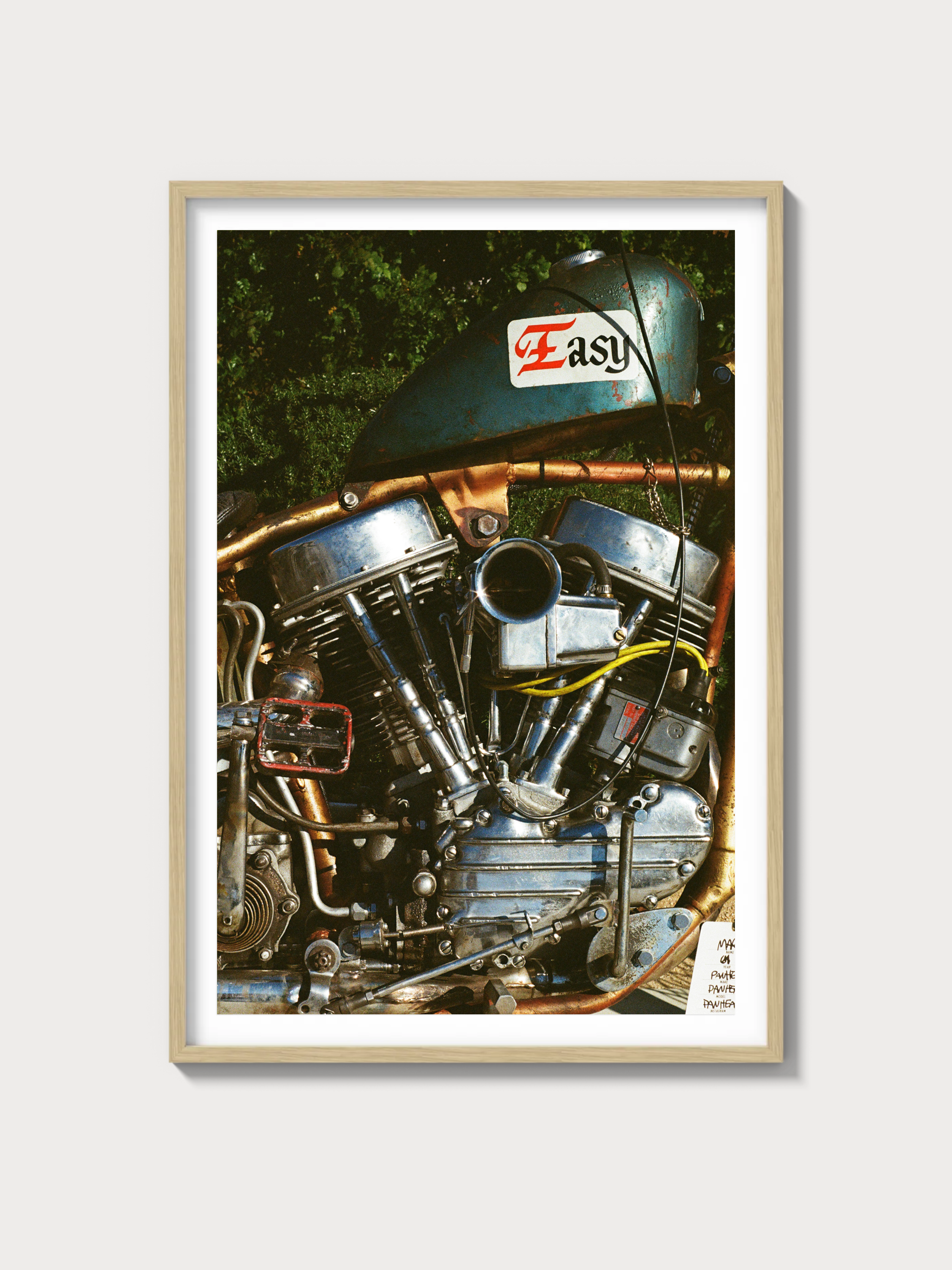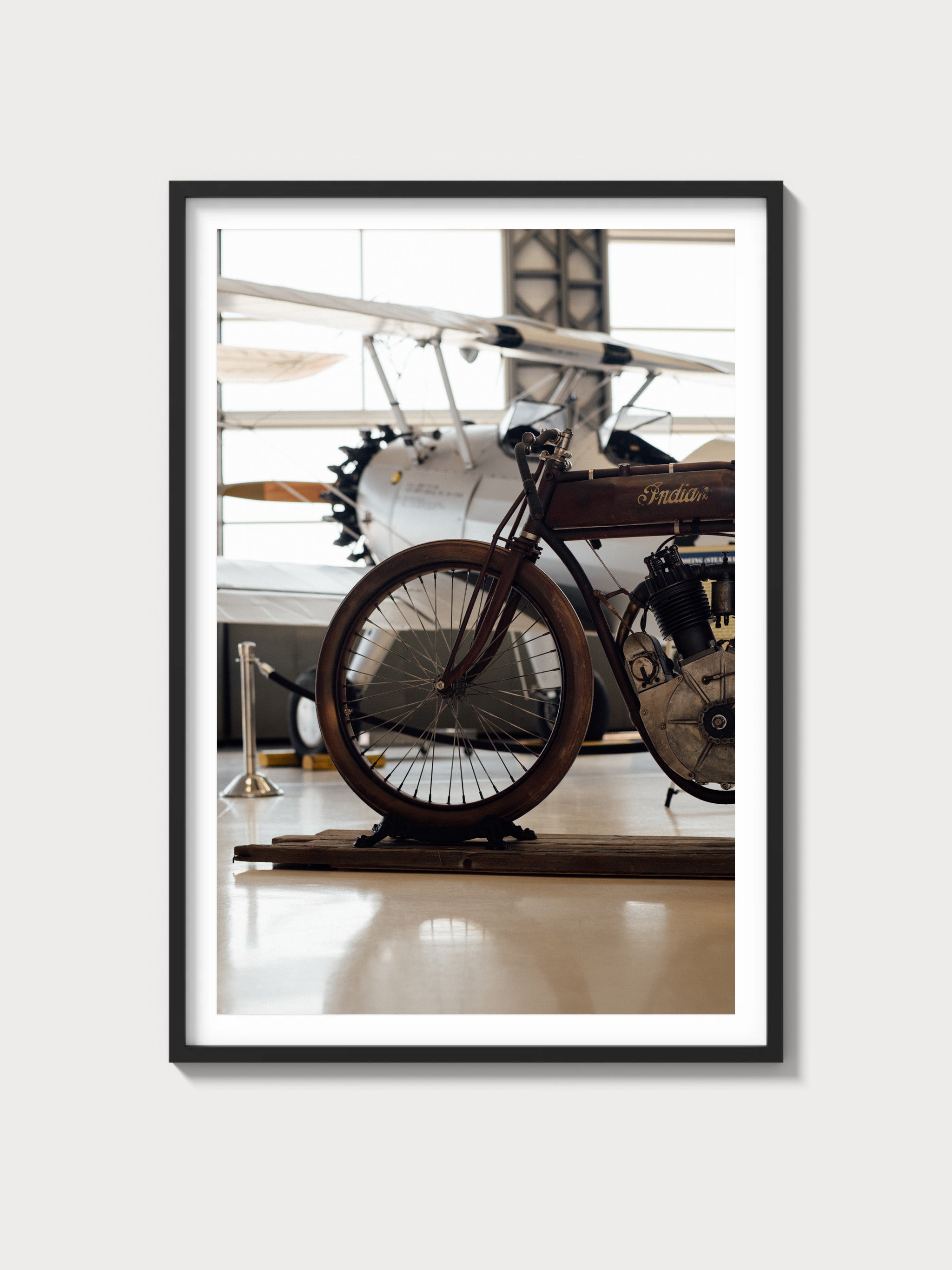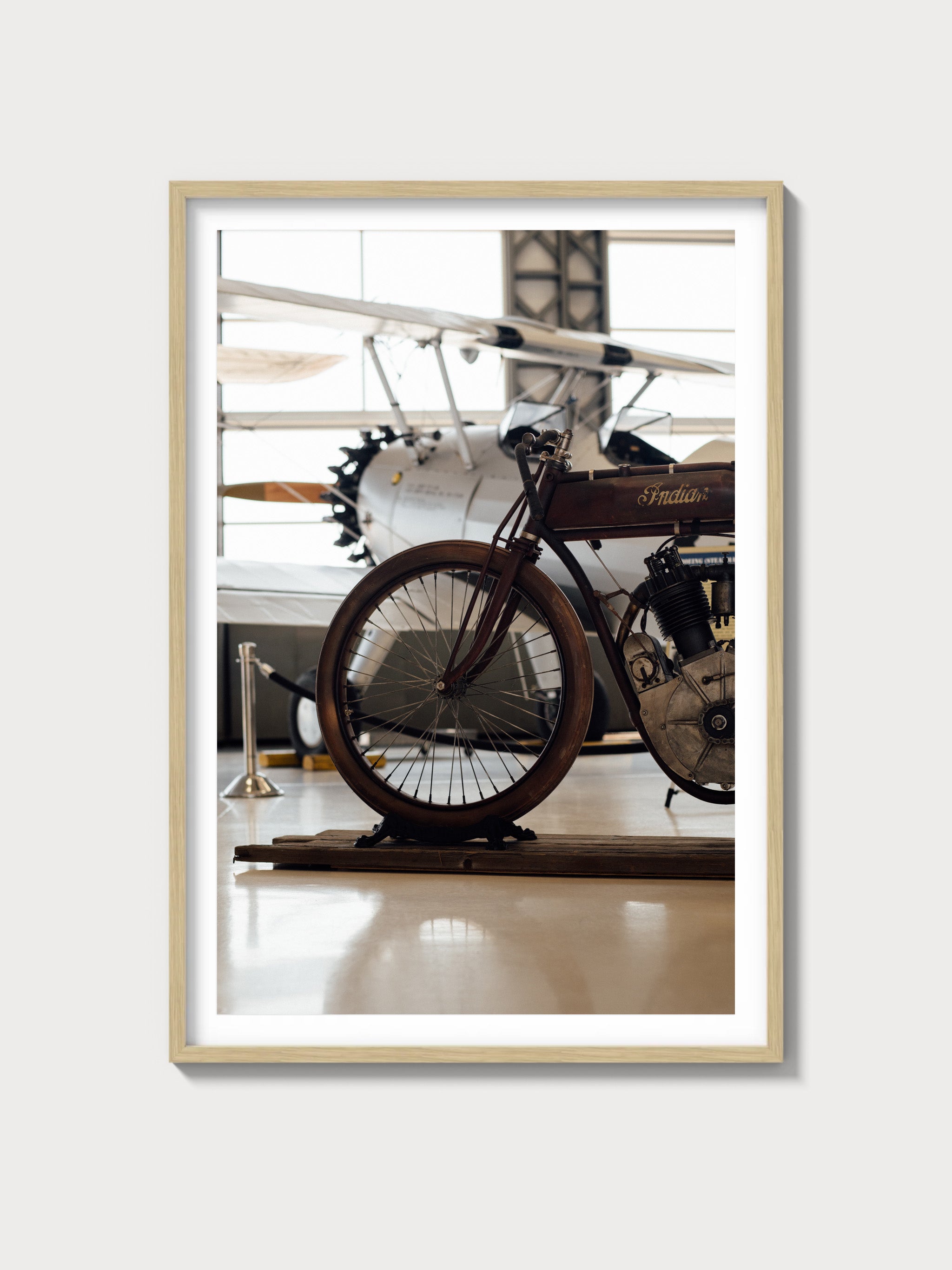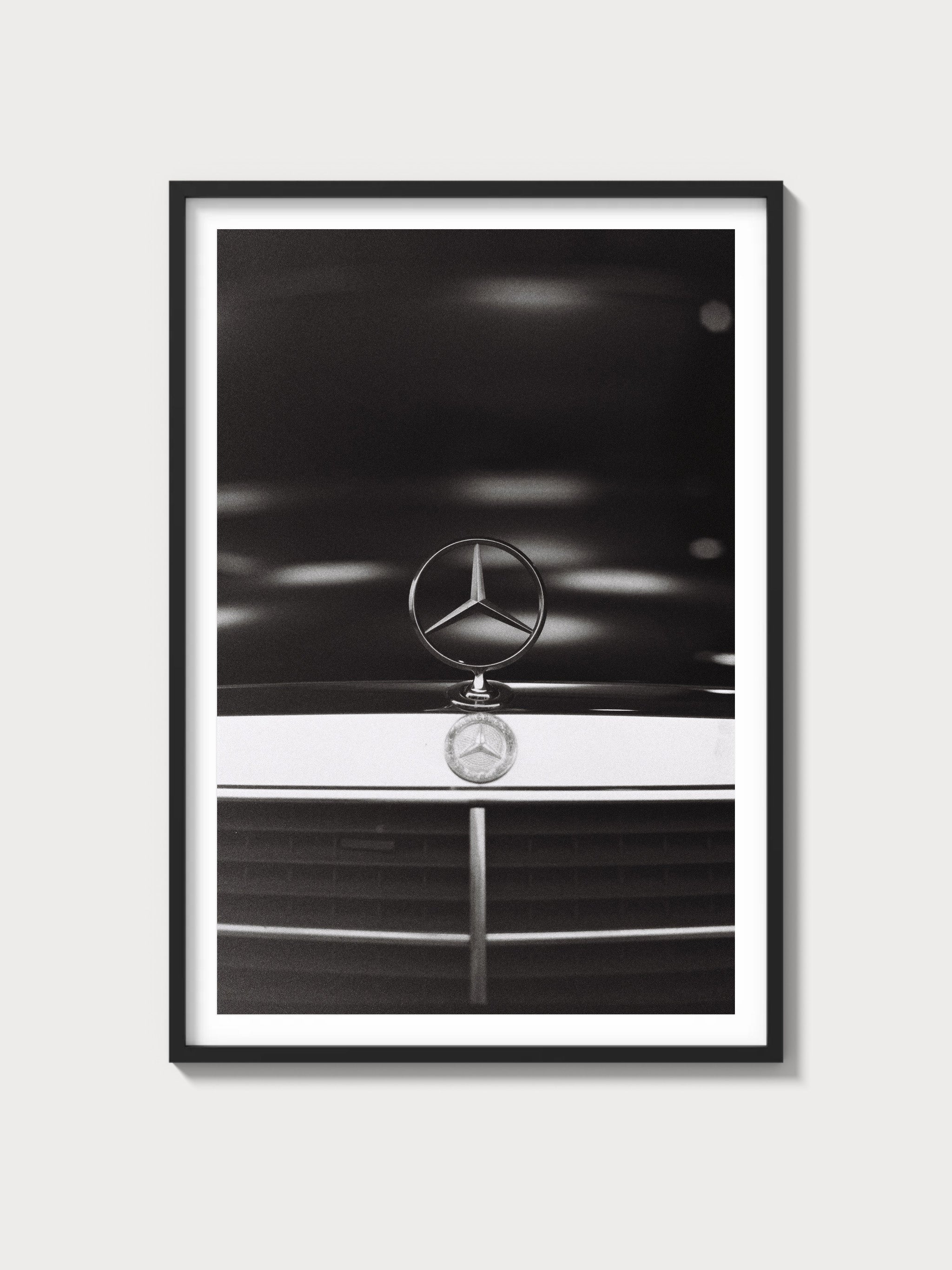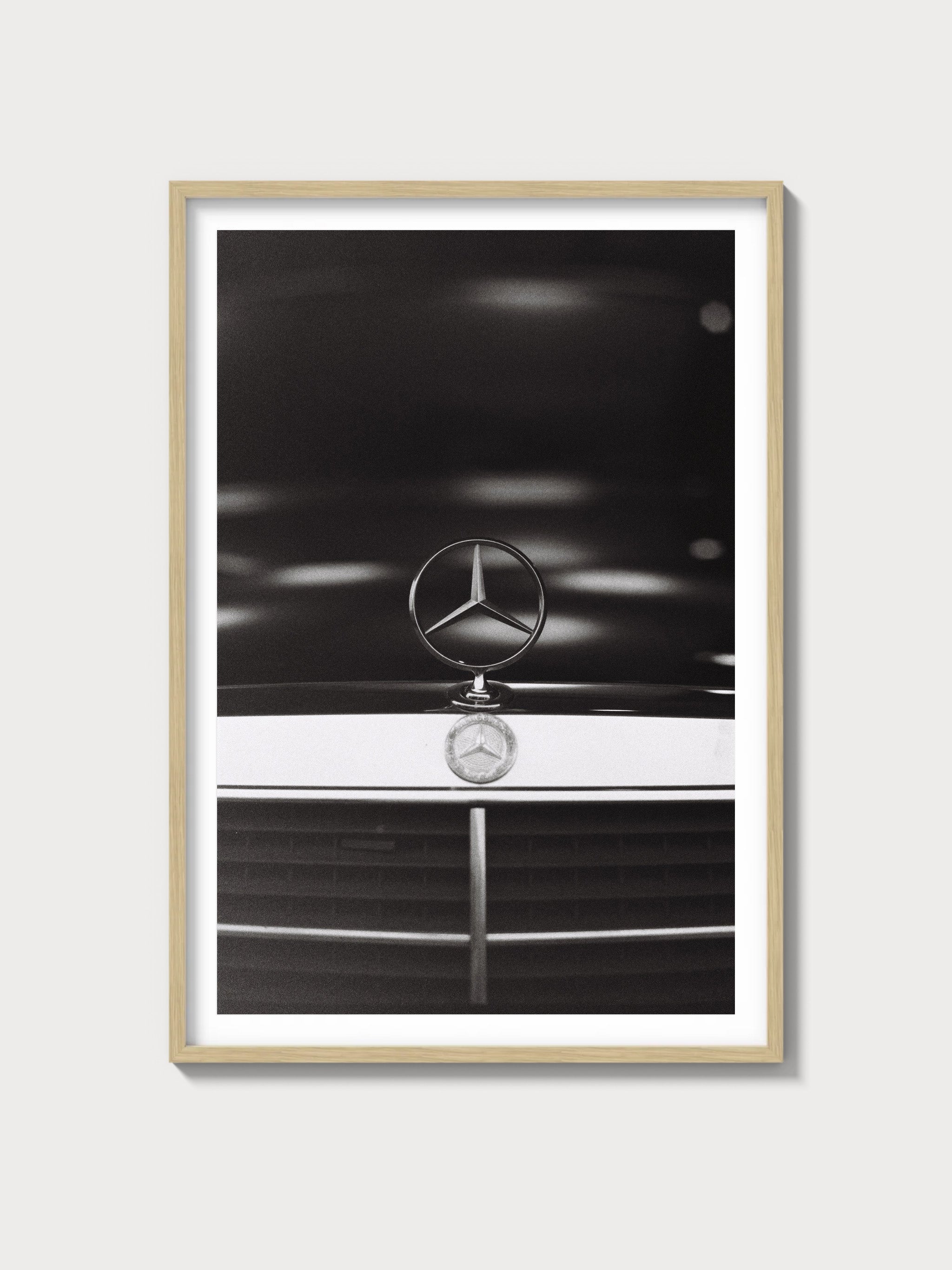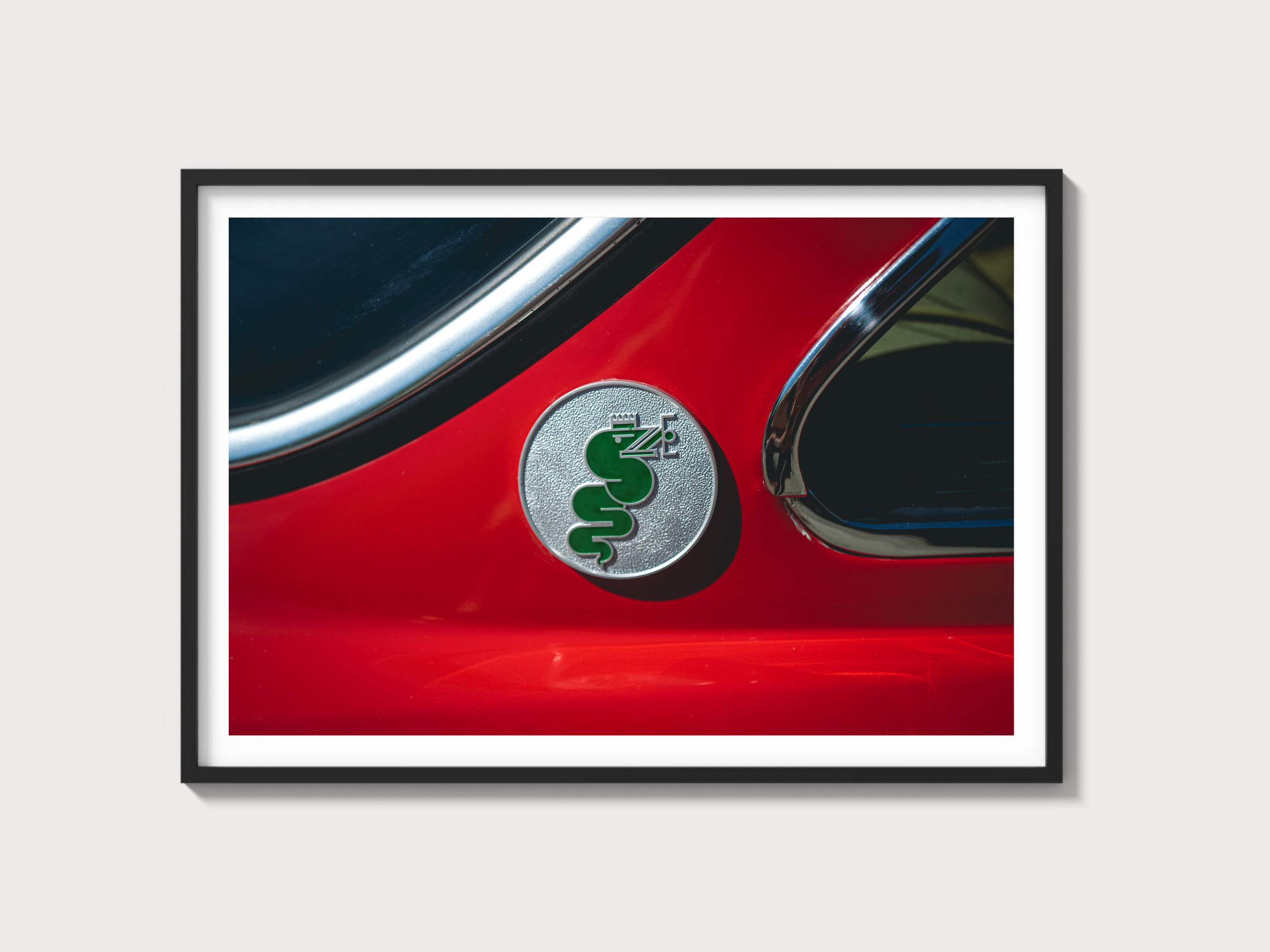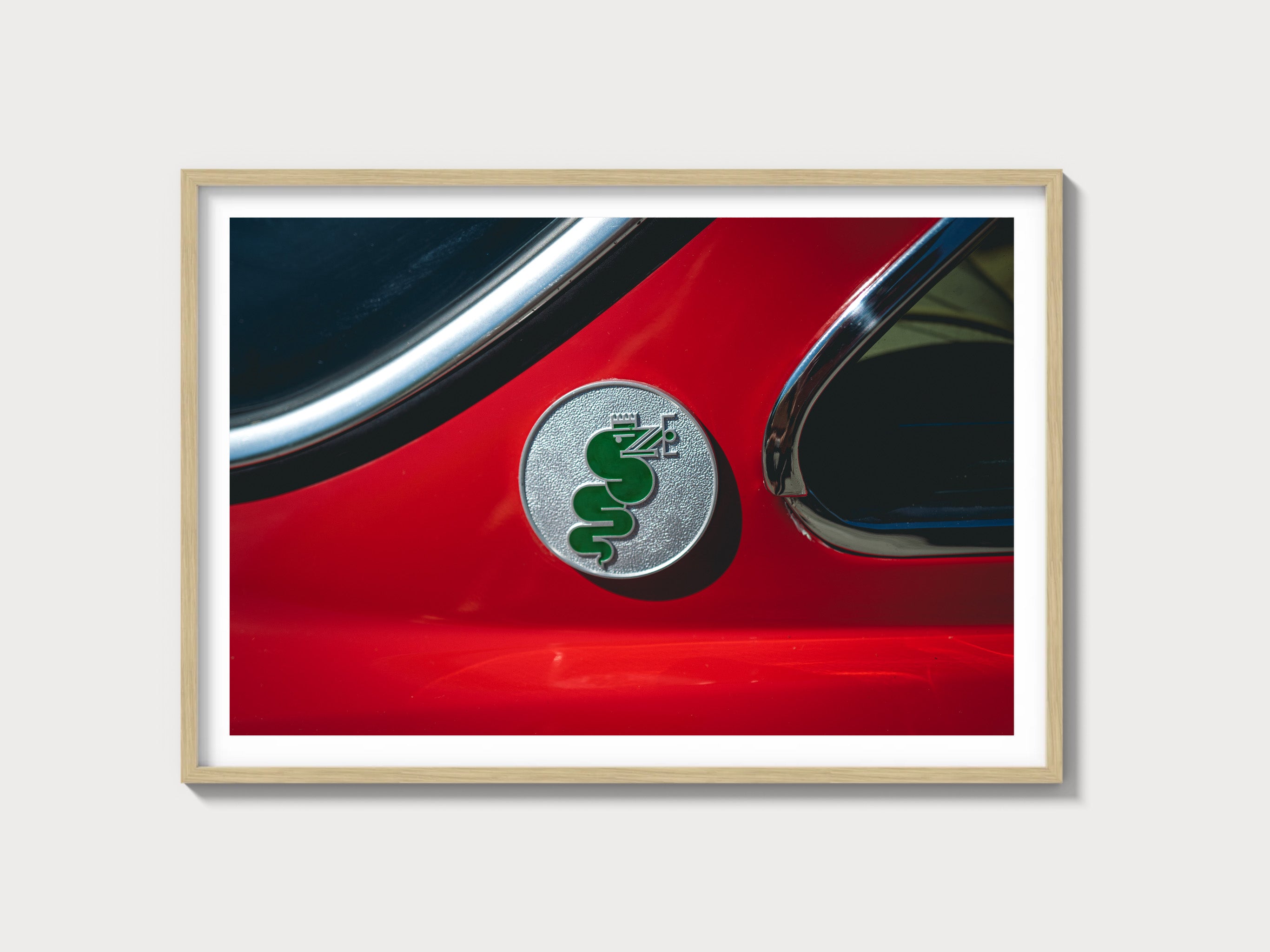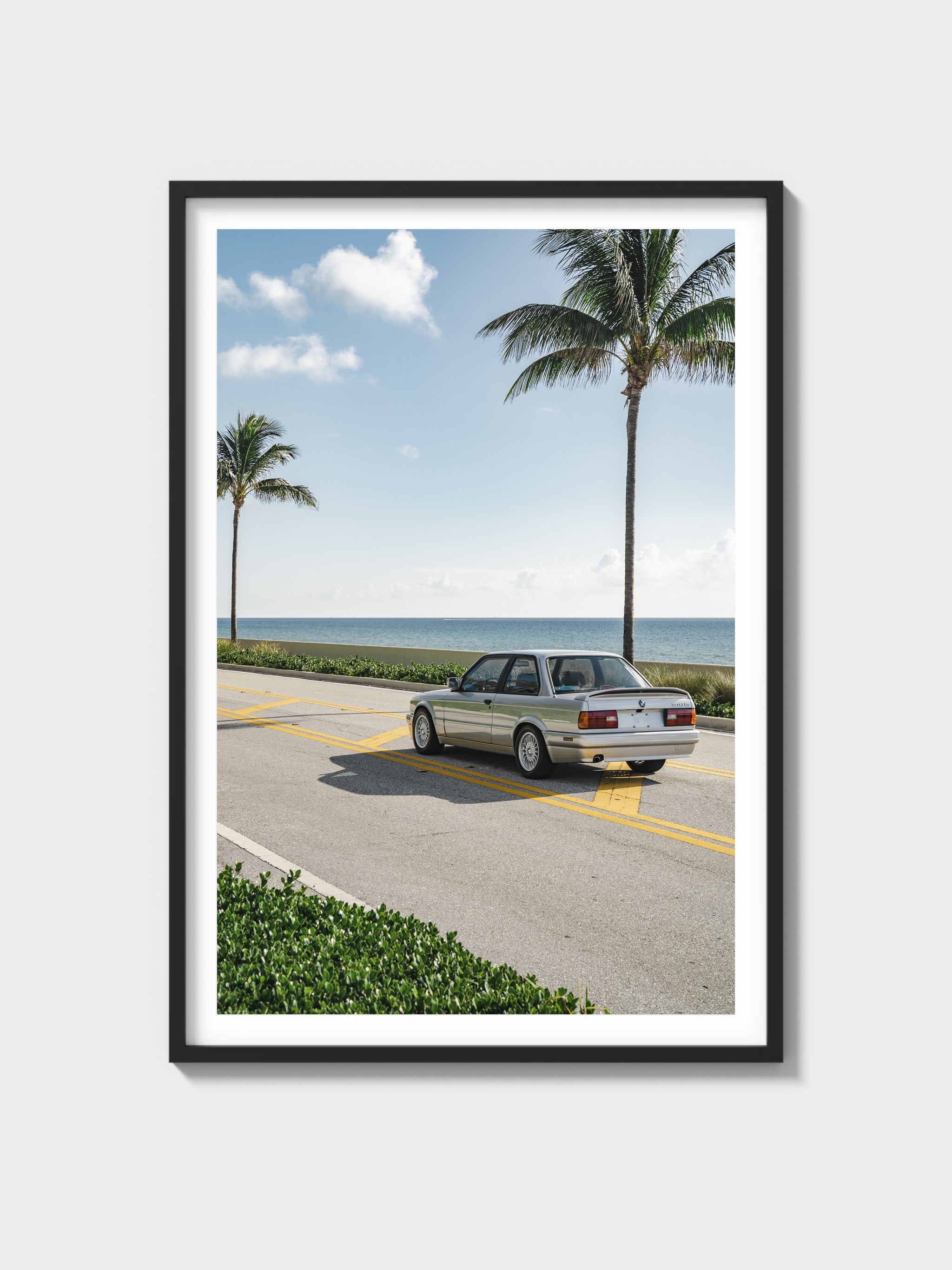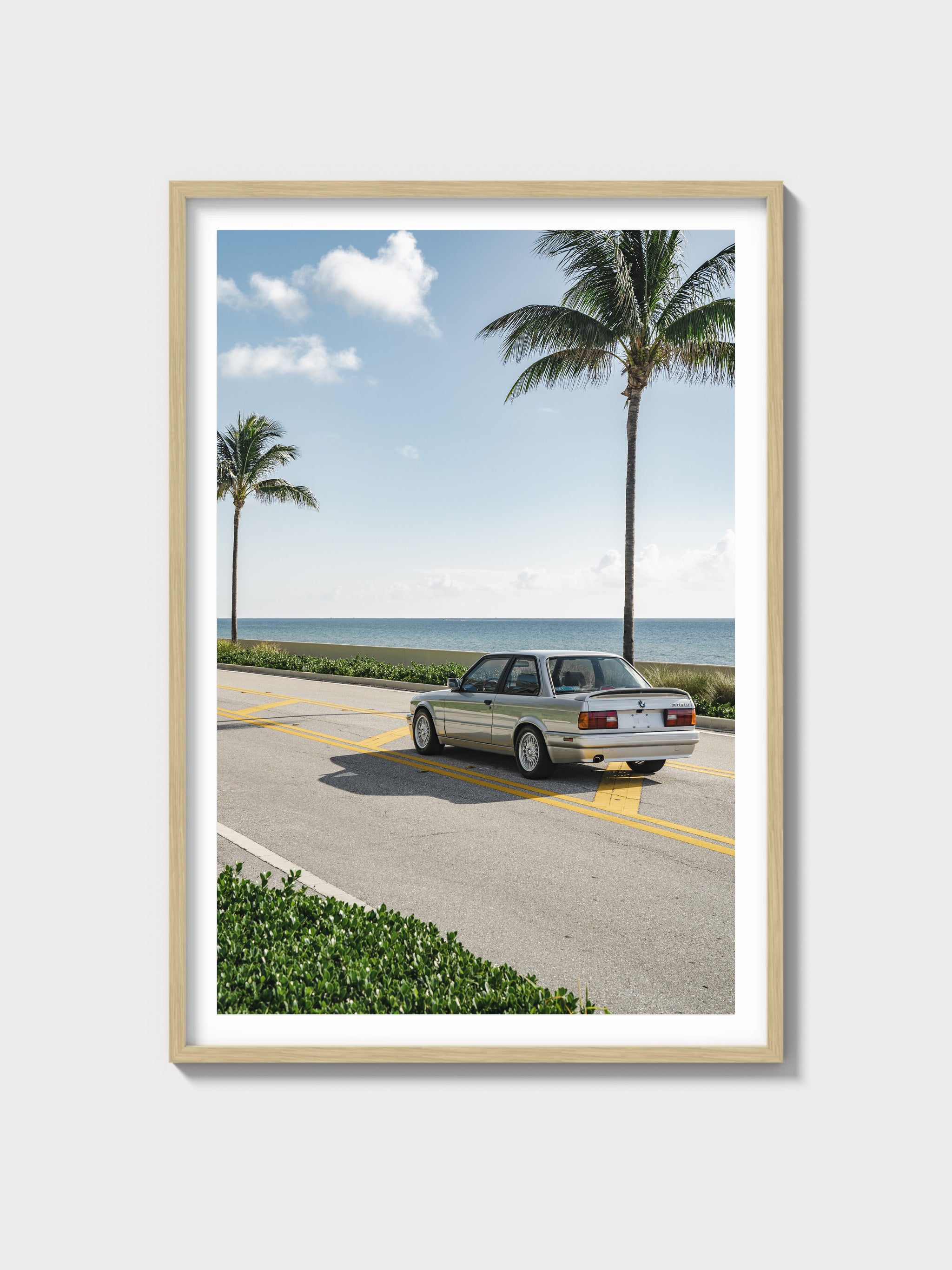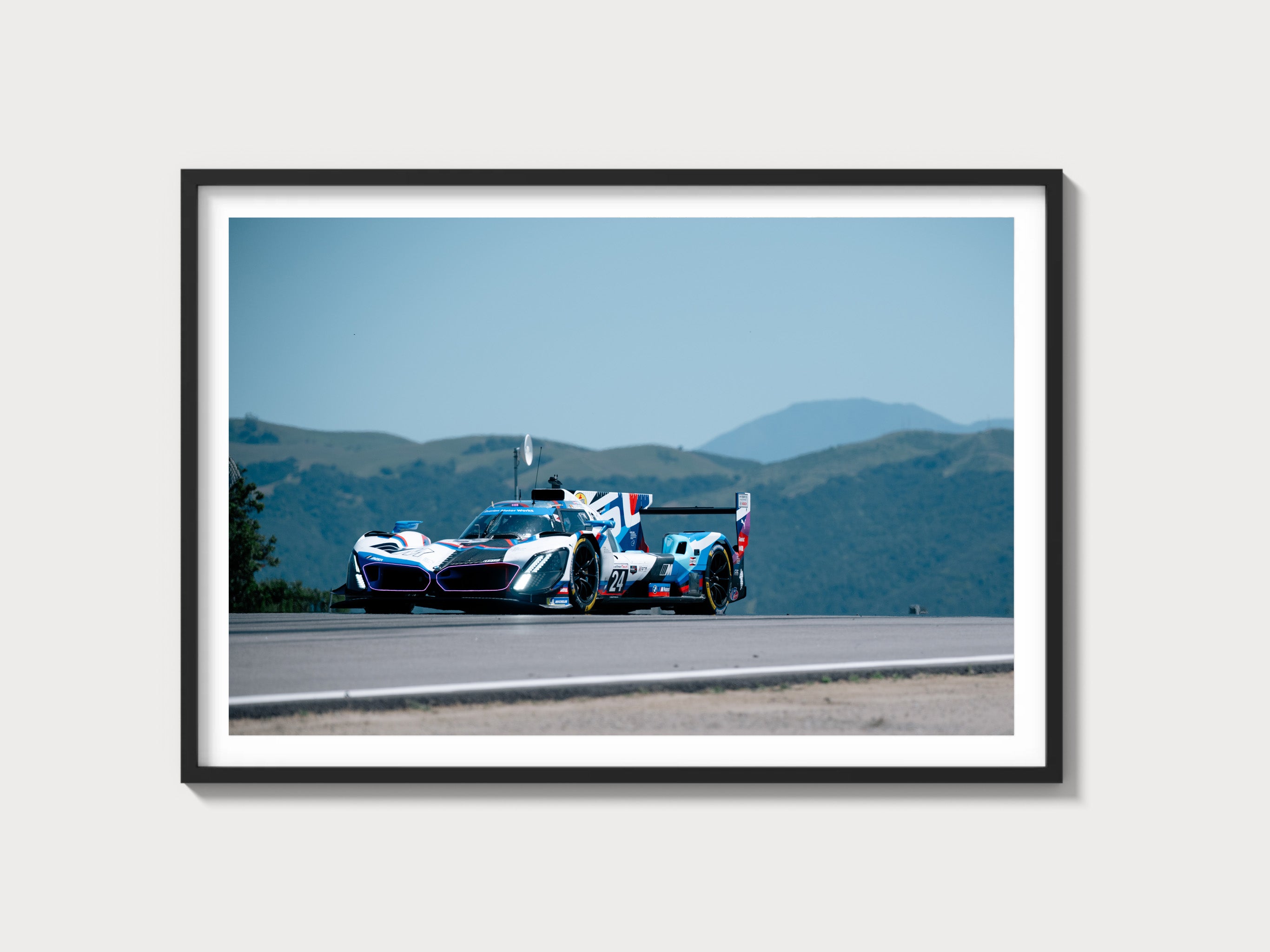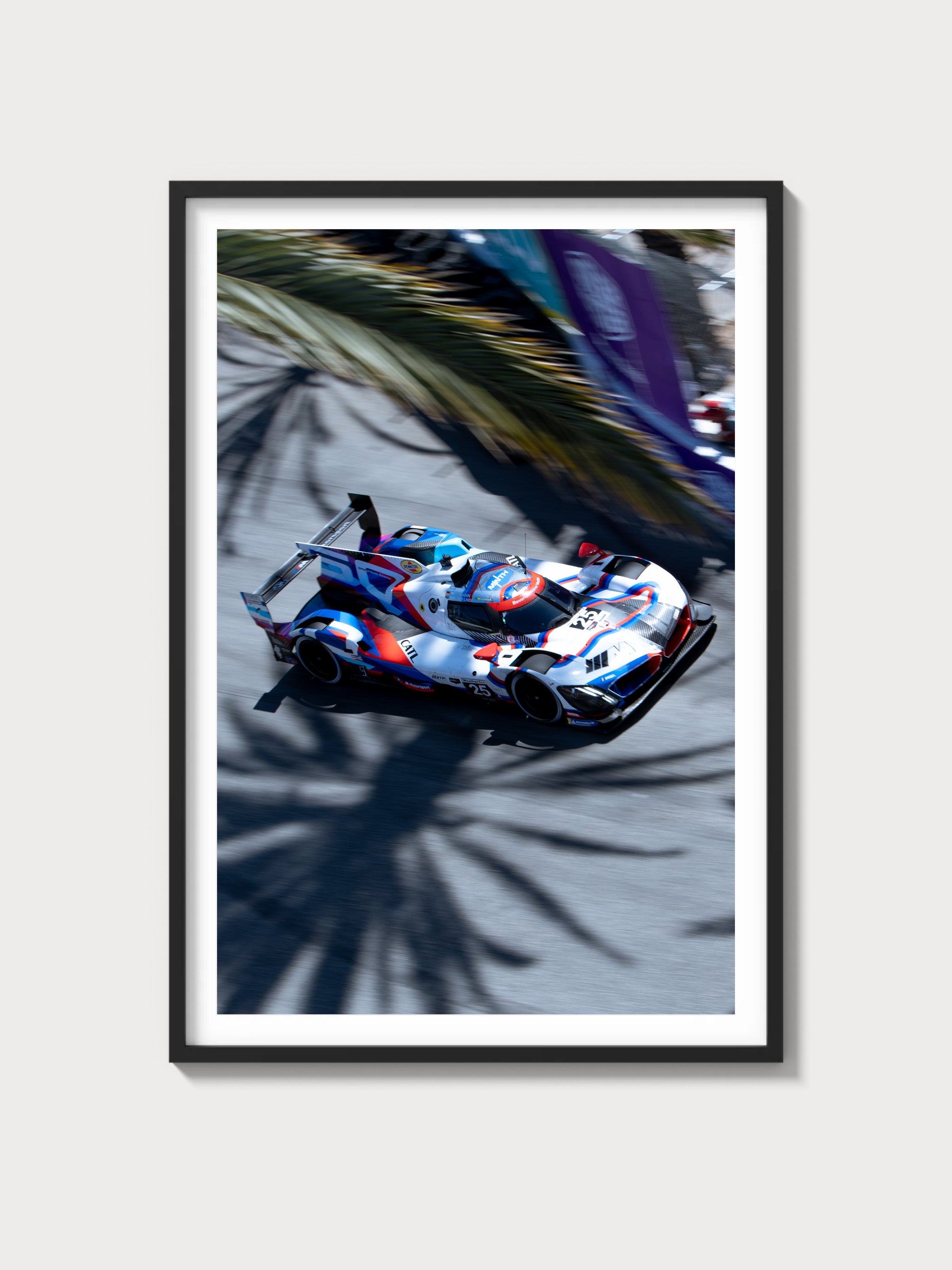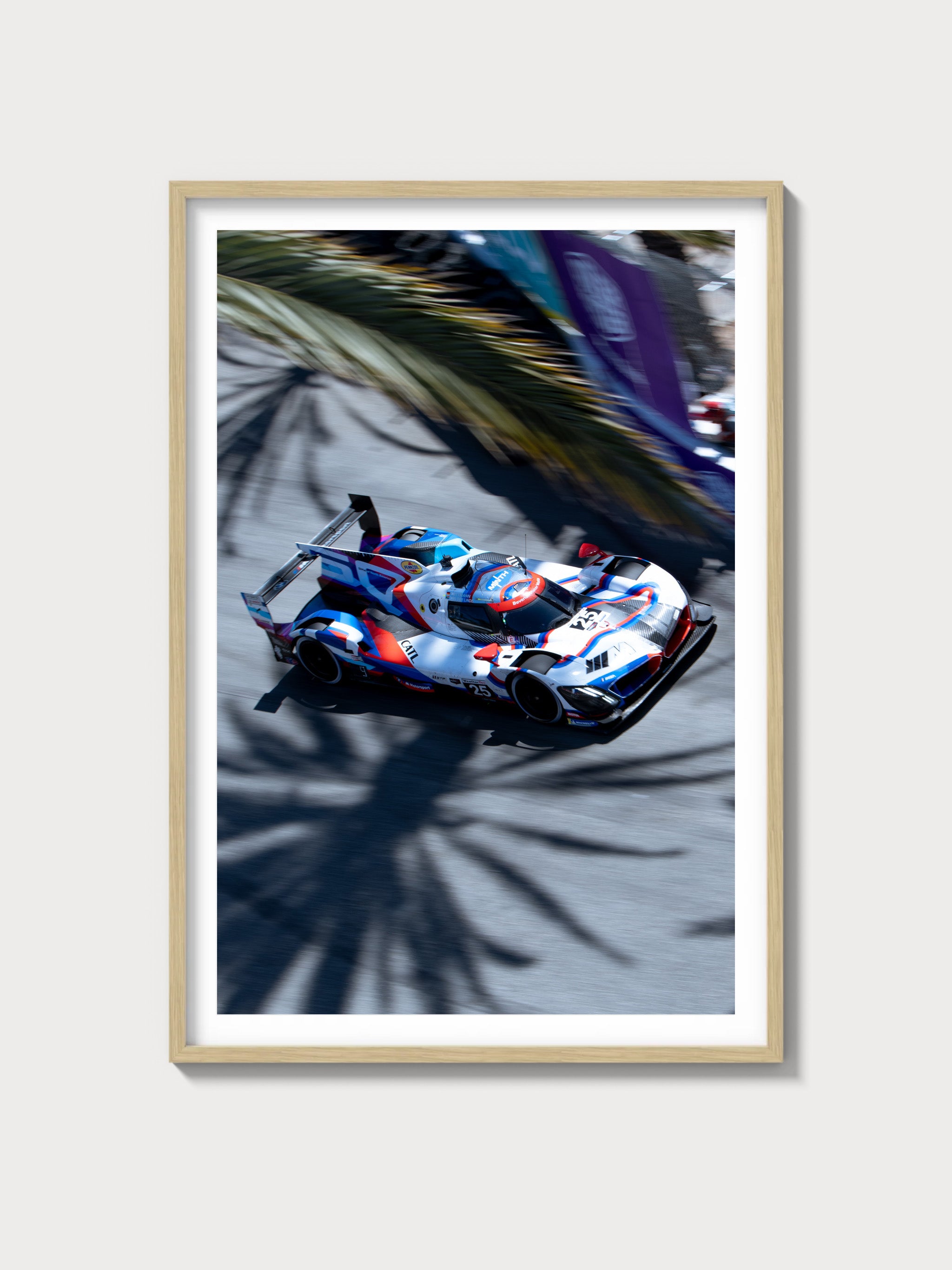1991–1994 Chevrolet Lumina Z34 (1st Gen) — GM’s DOHC Front-Driver With NASCAR Swagger
Historical context and development background
When Chevrolet introduced the Lumina Z34 for 1991, it was more than a styling exercise on the W-body coupe. The Z34 arrived as Chevrolet’s answer to the burgeoning early-’90s “Q-ship” movement led by the Ford Taurus SHO. Under the hood sat the LQ1: a 3.4-liter, 24-valve, dual-overhead-cam V6 developed within GM’s 60-degree V6 family. Period brochures and showroom chatter leaned heavily on the brand’s high-profile NASCAR Lumina presence to build performance credibility, even though the Z34’s exploits were strictly road-going. In the showroom, it slotted above the Lumina Euro, wearing deeper front and rear fascias, integrated side skirts, a rear deck spoiler, and 16-inch alloys.
The corporate backdrop was GM’s wide-ranging W-body program, which aimed to deliver modern packaging, improved body rigidity, and a shared architecture for Chevrolet, Pontiac, Oldsmobile, and Buick. The Z34’s closest cousins were the Pontiac Grand Prix GTP and Oldsmobile Cutlass Supreme International/3.4 DOHC—cars that shared the LQ1 powerplant and much of the suspension layout. The competitive set included the Taurus SHO (Yamaha-headed 3.0/3.2 V6), the Dodge Spirit R/T (turbo fours, brutally quick in a straight line), and a smattering of import coupes offering style over speed. Against that crowd, the Z34 leaned on torque-rich midrange, usable space, and a distinctly American aesthetic.
Engine and technical specs
At the heart of the Z34 is the LQ1 3.4L DOHC V6. Early cars (1991–1993) were rated at 210 hp, while the final model year (1994) was factory-rated at 200 hp due to calibration and emissions-related changes. The engine’s character is classic early-’90s DOHC: a smooth idle, a noticeable second wind beyond 3,500 rpm, and a willingness to spin toward a 7,000 rpm redline. Manual-transmission cars (Getrag 284 five-speed) best showcase the top-end surge, though the 4-speed automatic offered broader market appeal.
| Specification | Detail |
|---|---|
| Engine configuration | 60° V6, dual overhead camshafts, 24 valves (LQ1) |
| Displacement | 3,351 cc (3.4 liters) |
| Horsepower | 210 hp (1991–1993); 200 hp (1994) |
| Induction type | Naturally aspirated |
| Redline | 7,000 rpm (approx.) |
| Fuel system | Multi-port fuel injection |
| Compression ratio | 9.5:1 (nominal) |
| Bore x stroke | 92.0 mm x 84.0 mm (3.62 in x 3.31 in) |
Driving experience and handling dynamics
The Z34’s chassis is classic W-body: front MacPherson struts with an anti-roll bar and a fully independent, strut-based rear using multiple links. Chevrolet specified firmer springs and dampers for the Z34, and the car typically rode on 225/60R16 tires mounted to 16-inch alloys. The steering is power-assisted and reasonably geared, biased toward stability on interstate sweepers over razor-edged turn-in. Compared with its Pontiac and Oldsmobile siblings, the Z34’s calibration favors a touch more compliance, which suits long-distance cruising without entirely blunting cornering capability.
With the Getrag 284 five-speed, the car shows a dual personality: gentle and tractable below 3,000 rpm, then notably stronger as the tach swings past the midpoint. The clutch is robust but can feel heavy in traffic, and the shifter’s throws are long by modern standards. Automatic cars deliver solid midrange thrust but give up some urgency near redline. In all cases, torque steer is present if you’re aggressive off the line, and the front end can scrabble for grip on imperfect pavement. Braking performance is confident with four-wheel discs; anti-lock braking was widely available and featured on many examples.
Full performance specs
Contemporary instrumented tests varied with transmission, tire, equipment, and atmospheric conditions. The figures below represent typical period results.
| Metric | Figure (period typical) |
|---|---|
| 0–60 mph | Manual: ~7.1–7.5 sec; Automatic: ~7.9–8.3 sec |
| Quarter mile | ~15.3–15.9 sec @ ~88–92 mph |
| Top speed | ~135–137 mph |
| Curb weight | ~3,350–3,480 lb (equipment/transmission dependent) |
| Layout | Transverse front-engine, front-wheel drive |
| Brakes | 4-wheel discs; ABS widely available |
| Suspension | Front MacPherson struts; rear independent strut with multiple links |
| Gearbox | 5-speed manual (Getrag 284) or 4-speed automatic |
Variant breakdown (1991–1994)
The Lumina Z34 remained a single, performance-focused trim throughout its run, with incremental annual changes. Transmission availability and engine calibration constitute the major differences.
| Model year | Powertrain | Key differences | Exterior/Interior notes | Production numbers | Market |
|---|---|---|---|---|---|
| 1991 | LQ1 3.4 DOHC V6, 210 hp; 5-speed manual or 4-speed automatic | Z34 debut; aggressive aero kit; 16-inch alloys | Z34 badges, rear deck spoiler; performance seats/trim | Not publicly released by Chevrolet | U.S./Canada |
| 1992 | LQ1 3.4 DOHC V6, 210 hp; 5-speed manual or 4-speed automatic | Detail updates; equipment/option refinements | Palette of bold solids (e.g., red/white/black); 16-in wheels | Not publicly released by Chevrolet | U.S./Canada |
| 1993 | LQ1 3.4 DOHC V6, 210 hp; 5-speed manual (limited availability) or 4-speed automatic | Incremental trim and feature changes | Z34 badging; interior safety/content updates | Not publicly released by Chevrolet | U.S./Canada |
| 1994 | LQ1 3.4 DOHC V6, 200 hp; 4-speed automatic only | Revised calibration; power rating revised to 200 hp | Final Z34 model year before Monte Carlo return | Not publicly released by Chevrolet | U.S./Canada |
Ownership notes: maintenance, parts, and restoration
- Timing belt and idlers: The LQ1 uses a long timing belt with multiple idlers/tensioners. Service intervals commonly observed by owners are around 60,000 miles. Replace the water pump, idlers, and front seals when you’re in there to avoid repeat labor.
- Ignition and access: Rear-bank spark plugs require intake plenum removal; budget time for proper gasket replacement. Ignition modules and coils are known wear items; verify healthy spark and no high-rpm breakup.
- Oil leaks and gaskets: Cam carrier and cam cover seepage is not unusual on higher-mileage engines; careful resealing with correct procedures is key.
- Cooling system: Proper bleeding is critical to avoid trapped air. Use the correct coolant and keep hoses and radiator in good order; overheat events are hard on the LQ1.
- Transmissions: The Getrag 284 5-speed is robust but parts (synchros, internal bearings, shift cables) are not plentiful. Automatics deliver decent durability; routine fluid/filter service helps longevity.
- Brakes/ABS: Four-wheel discs are straightforward to service. ABS components vary by year and can be costly to replace; verify system health on a pre-purchase inspection.
- Chassis and trim: W-body suspension hardware is widely available. Z34-specific aero pieces, badges, and interior trim can be harder to source; inspect for cracked spoilers or missing side cladding.
Service cadence (guideline): engine oil every 3,000–5,000 miles (conventional oils were the period norm), coolant every 2–3 years, brake fluid every 2 years, transmission fluid/filter (automatic) every ~30,000 miles, timing belt/rollers at ~60,000 miles, and accessory belts as needed.
Cultural relevance and motorsport halo
While the Z34 itself didn’t campaign in top-flight racing, Chevrolet’s Lumina silhouette dominated NASCAR stock car imagery in the era, lending the road car plenty of halo effect. In the enthusiast press, the Z34 was inevitably benchmarked against Ford’s SHO. The Chevy answered with broader torque and highway composure, even if the Ford edged it for high-rpm crispness and steering feel. Among GM faithful, the Z34 became a memorable gateway to multi-cam theatrics—an American DOHC V6 with real appetite for revs wrapped in a daily-drivable coupe.
Collector perspective and values: Survivors in original condition, especially low-mile manual-transmission cars, are the most sought-after. Public-market sales have historically ranged roughly from a few thousand dollars for driver-quality examples to the low five figures for exceptional, low-mileage cars with documentation. Specification (manual vs automatic), mileage, originality, and cosmetic completeness of Z34-specific panels heavily influence price.
FAQs
Was the Z34 offered with a manual?
Yes. A Getrag 284 5-speed manual was available from launch; by the end of the run, the Z34 was automatic-only (1994).
How much power did the Z34 make?
Factory ratings were 210 hp (1991–1993) and 200 hp (1994). Torque figures in period were in the mid-200 lb-ft range, with broad midrange pull.
How quick is it?
Period tests commonly recorded 0–60 mph in the low-to-mid sevens for manuals and high sevens to low eights for automatics, with quarter miles in the mid-15s and top speeds around the mid-130s mph.
What are the known problem areas?
Timing belt/tensioners service, oil leaks from cam carriers/covers, ignition module/coil issues, intake plenum gasket disturbance during plug service, and scarcity of Getrag 284-specific parts. As with any W-body, check suspension bushings, strut mounts, and ABS operation.
How does it compare to the Taurus SHO?
The SHO’s Yamaha V6 is silkier at the limit and often a touch quicker in period tests. The Z34 counters with a torquier feel, long-legged highway manners, and simpler packaging for daily use.
What tires did it use?
Typical fitment was 225/60R16 on 16-inch alloys, which suits the chassis balance and ride quality the car was tuned around.
Are parts still available?
General W-body service parts are plentiful. LQ1-specific items (timing hardware) are available through aftermarket specialists; Z34 aero trim and Getrag 284 internals are the hardest pieces to locate.

